|
Week ending: 30th October: Skateraw
On Sunday, a weather front was moving from the South-West up through the UK. I noted from my
WeatherPro app that it would reach East Lothian not before late afternoon, so I therefore chose to
visit Skateraw, a site we hadn’t visited since July. We popped into Dalkeith Morrisons for
hearty breakfasts (8/10: lovely food but -2 for the excessive wait to order and receive it. 3 "JustEat"
delivery people were seen leaving the Cafe with a huge bag of takeaways).
As soon as we arrived we could hear a large flock of excited Tree Sparrows moving about the
hedgerows. They were fairly easy to photograph as we made our way up the path that leads to
the the top of the Limekilns ruin. This is now a very fine viewpoint overlooking the bay, as can be
seen by the pano shot below. The sky was predominantly blue but the clouds were gathering from
the west and south as predicted.
As well as Tree Sparrows in the hedges, we could see a Redshank standing by a rock pool
and several Rock Pipits were foraging in the seaweed piles.
We walked a little further up the coastal path towards Torness Power Station. We came across a
young fungus almost hidden by the grass, possibly Spotted Toughshank . The Hawthorn
trees were loaded with luscious red berries and there were Yarrow plants still in flower. I was also
surprised to see several types of insect flitting between flowers and the sea wall. I managed a
shot of a large black fly, probably the bluebottle, Calliphora vomitoria.
| Spotted Toughshank |
Common Hawthorn |
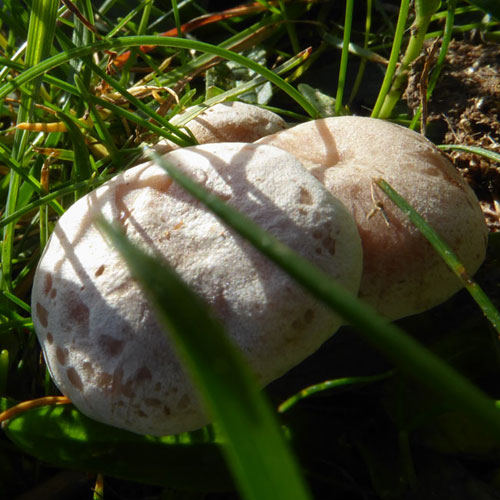 |
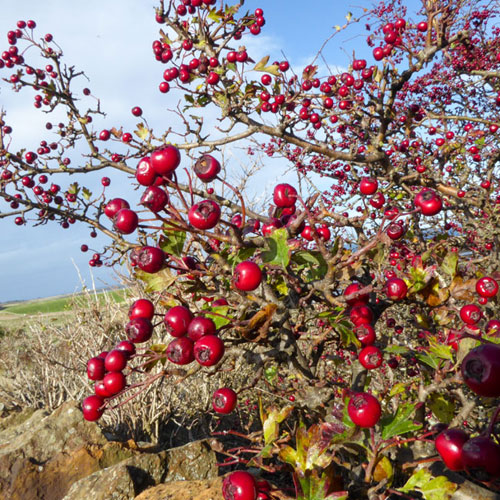 |
| Yarrow |
Fly - Calliphora vomitoria |
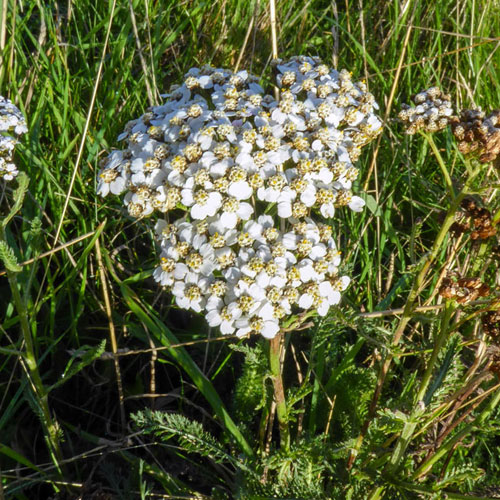 |
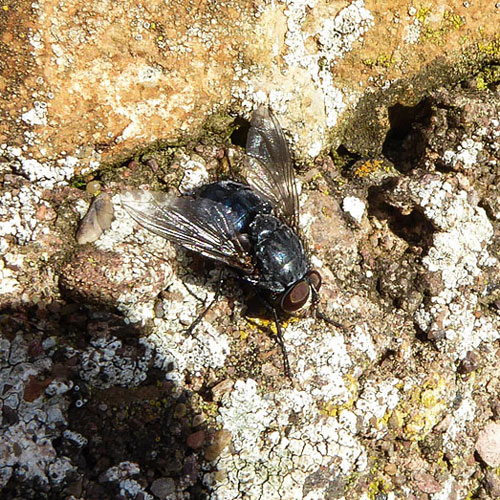 |
Looking over the sea wall into the bay I noticed that there was a gathering of Cormorants on a
concrete tower belonging to the power station. I could also see other birds, but we thought it
would be better to make our way back to the front of the limekiln to get closer photos. This we did
and John immediately located a Curlew in a rock pool. There was a pair of Oystercatchers on a
sandy patch near it. John then pointed out a pair of Red-breasted Mergansers diving about
50m out.
| Cormorant |
Curlew |
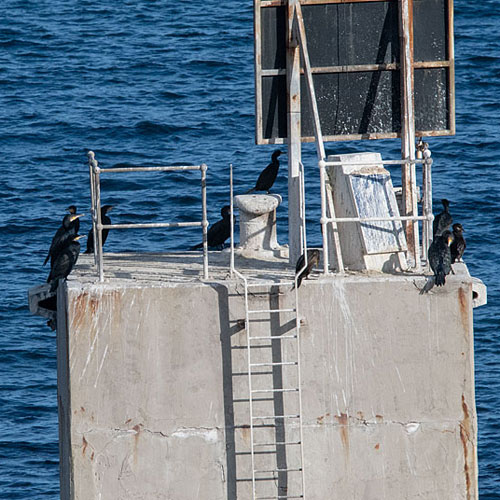 |
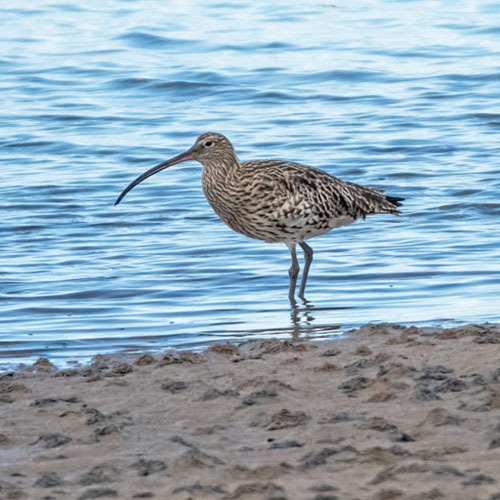 |
| Oystercatcher |
Red - breasted Merganser |
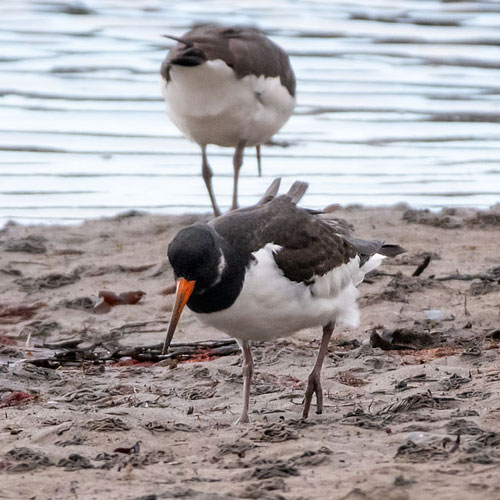 |
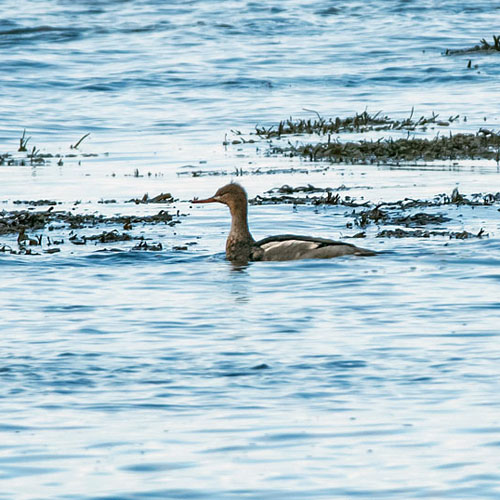 |
Unfortunately the rain clouds had gathered, so we retreated to the shelter of the car. On our way
back there I took quick snaps of Sea Rocket and Sea Mayweed, both of which were still in flower
and attracting insects. I also found a couple of Fungi growing in the grassy area between the car
park and beach: possibly Brown Mottlegill and Clustered Domecap . At the car, John
alerted me to a Pheasant that was feeding in the field adjacent to the car park. I got a few shots
before the rain started. Once the shower had passed we set off for the western edge of the bay
known as Chapel Point. There were Mallards and Redshanks at the west side of the beach as we
passed.
| Sea Rocket |
Sea Mayweed |
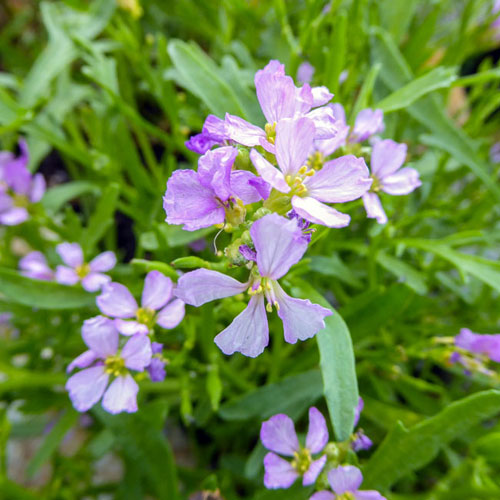 |
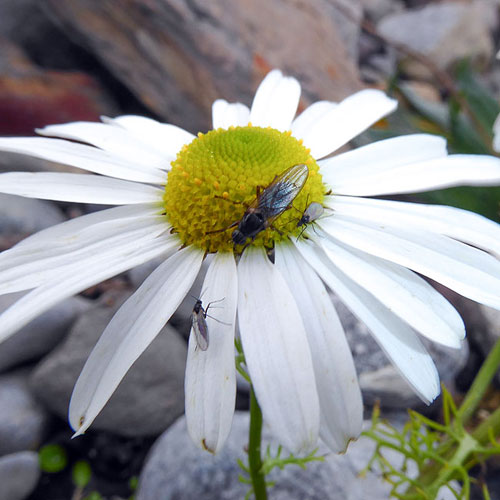 |
| Clustered Domecap |
Brown Mottlegill |
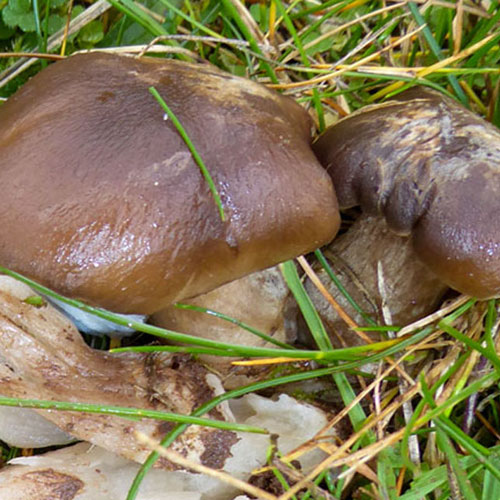 |
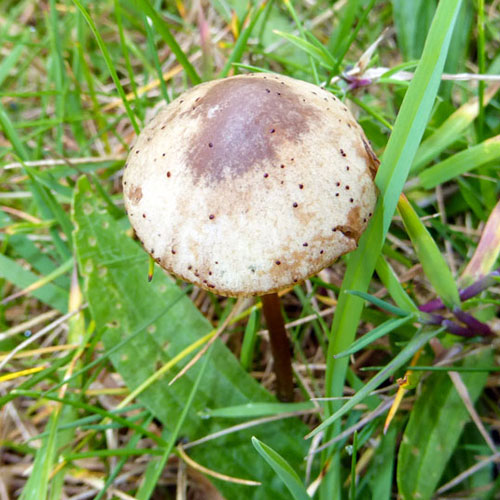 |
| Pheasant |
Mallard |
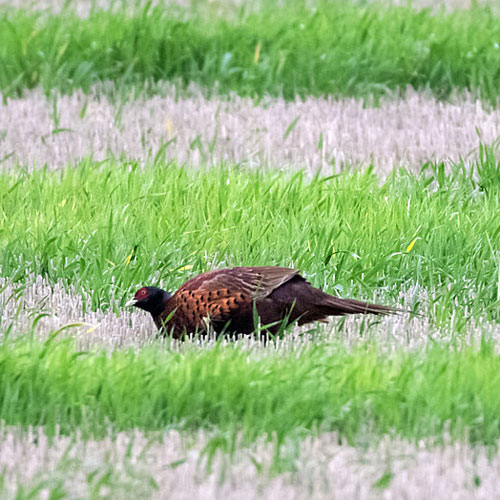 |
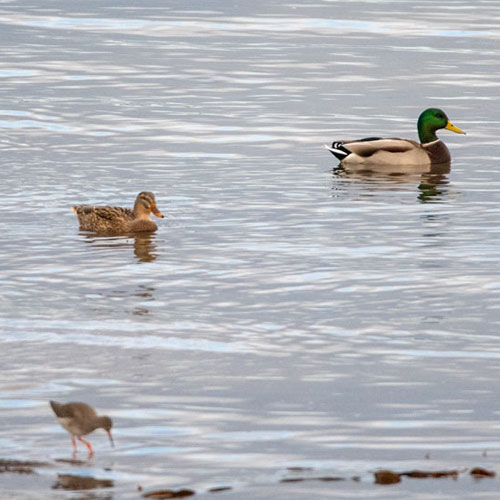 |
After we passed a ruin of a house we were greeted with an impressive view to the west of Barns
Ness with the Bass Rock in the background.
As we entered a rough path through the long grass as we headed for the shore, I found our 4th
fungus, probably a Wood Blewit. While I photographed it with my LUMIX TZ70, John used
the Nikon D500 to capture shots of a wee Robin that had started following us. He also managed
shots of a Rock Pipit and Pied Wagtail that were busy on the rocky shore. And as I was taking so
long with the fungus he also got flight shots of a Carrion Crow and a pair of Turnstones.
| Wood Blewit |
Robin |
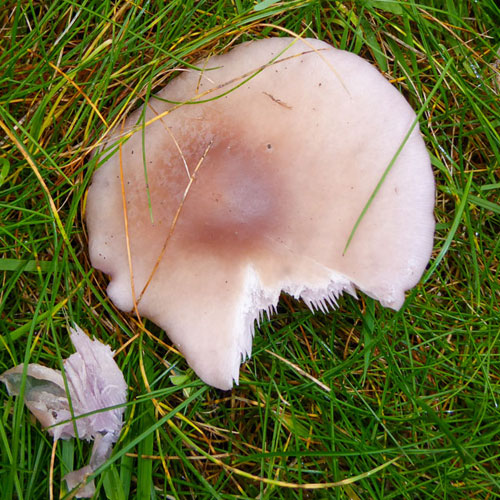 |
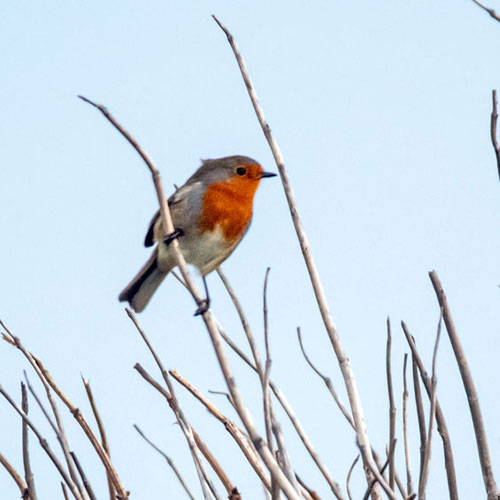 |
| Rock Pipit |
Pied Wagtail |
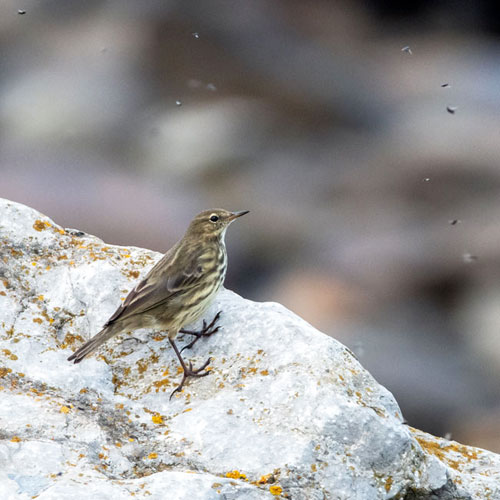 |
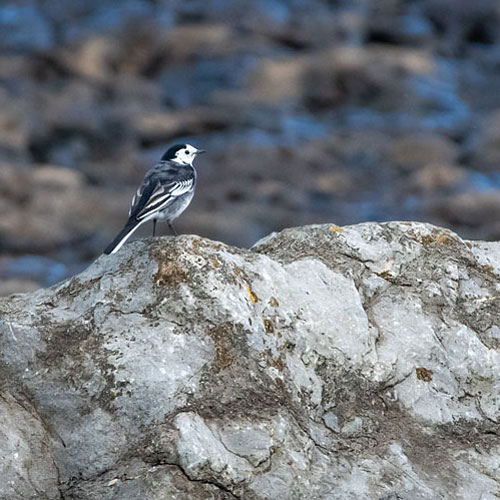 |
| Carrion Crow |
Turnstone |
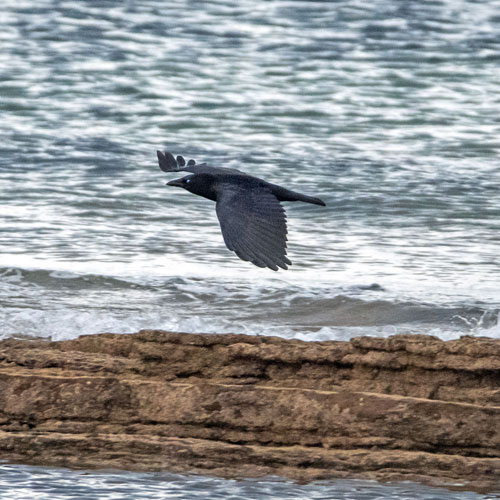 |
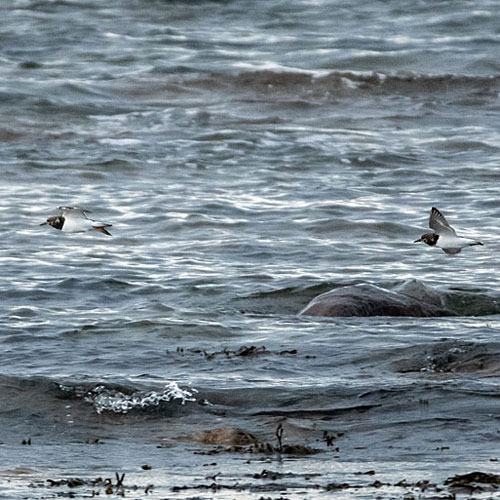 |
At Chapel Point I retook the big camera and John went back to his binoculars. Between us we
gathered photos of birds that were on or over the rocky seafront. An oystercatcher in flight, a
foraging Curlew and a Red-breasted Merganser heading back to the shore after a busy spell
diving for fish. I snapped a Redshank just as a light shower of rain passed while the sun kept
shining.
| Oystercatcher |
Curlew |
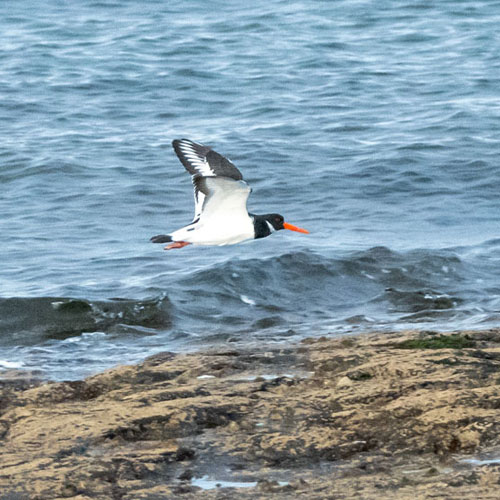 |
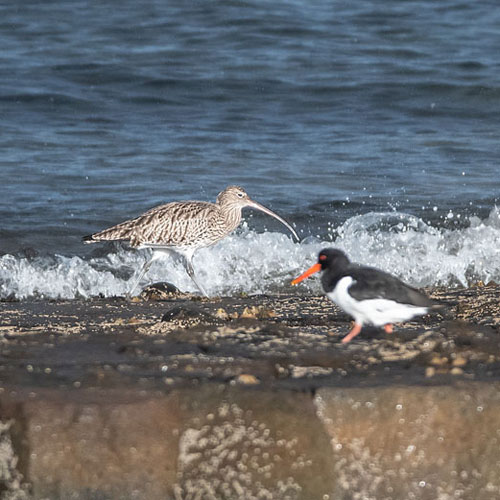 |
| Red - breasted Merganser |
Redshank |
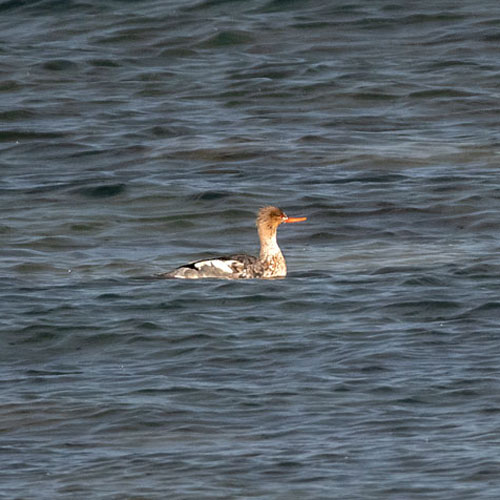 |
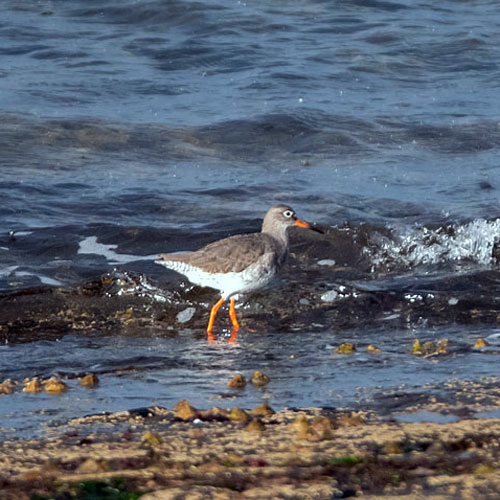 |
Rain with sunshine is a sure recipe for one of Nature’s delight - a rainbow. And, looking out over
the Firth of Forth, Nature obliged with not one, but two rainbows:
I zoomed in on the west side of the double rainbow. Note how the Sky seems brighter inside
the inner arc. Where the brightest arc cut the horizon we noticed a distant ship had just passed
through the intense colours. I wonder if the crew saw the pot of gold.
The rain quickly passed and we continued to photograph the birds active around the Point. I
managed a very pleasing shot of a Curlew that descended onto the rocky shore.
Herring Gulls seemed to thrive in the blustery conditions however a Grey Plover, spotted by
John, seemed rather less taken with the inclement weather. We eventually decided to return to the
car. As we edged along the western edge of the bay I got further shots of an adult Herring Gull and
an Oystercatcher as they rested by large boulders. I almost stood on our fifth fungus of the day,
Fairy Ring Champignons, that were on the edge of the narrow, grassy path.
Back at the car, as I was about pack away my equipment, when John exclaimed , “Roe Deer alert!”. I
hastily grabbed my camera to fire a few shots of the deer as it grazed in the same field we had
earlier seen the Pheasant. I got my finals shots of the visit at the toilet building when I nearly stood
on a hairy caterpillar, larva of a Fox Moth .
| Female Roe Deer |
Fox Moth Caterpillar |
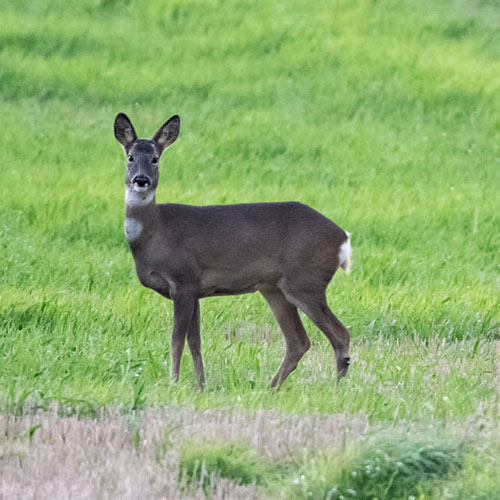 |
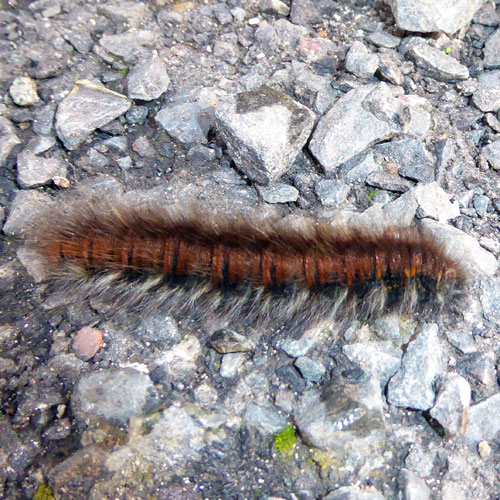 |
It certainly turned out to be a day which looked as though we’d
struggle to build a blog but which turned out that we had gathered a
fairly eclectic mix of sightings. Once again fungi featured prominently
and it was good to see the Pheasant, Grey Plover, Merganser and Roe
Deer. Our regular tea was accompanied with delicious Chocolate Eclairs
(2 each!), an apt reward for a good job well done ( even if I say so
myself )
Week ending: 23rd October 2022: RSPB Lochwinnoch
The weather predicted for Sunday was very gloomy: low cloud and rain across the whole of
Central Scotland. I opted for a brief visit to RSPB Lochwinnoch. We hadn’t visited there
since May 22 and the reserve has some covered viewpoints which would help protect us from the
expected rain. We headed for the A737 Irvine Road, stopping for breakfast in Johnstone
Morrisons (9.5/10: excellent, only let down by the tiny plates) before making our way to the
reserve car park.
The rain started just as we arrived but it didn’t deter the Goldfinch in the feeding station outside the
Visitor Centre. On our way to the Channel Hide I spotted a small brown fungus just off the
footpath. It looked like a young Weeping Widow fungus. A couple of sawn-off log stools had
Turkeytail bracket fungi growing on them. Meanwhile John was scanning the Scrapes with his trusty binoculars, rather optimistically I thought, since there didn’t seem to be
much on offer. However he spotted a trio of Canada Geese near the rear of the Scrapes.
| Goldfinch |
Weeping Widow |
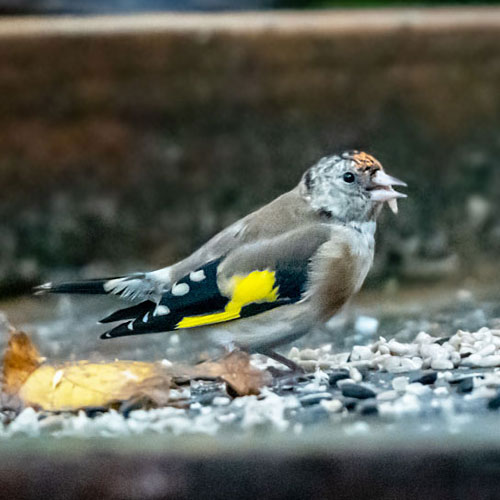 |
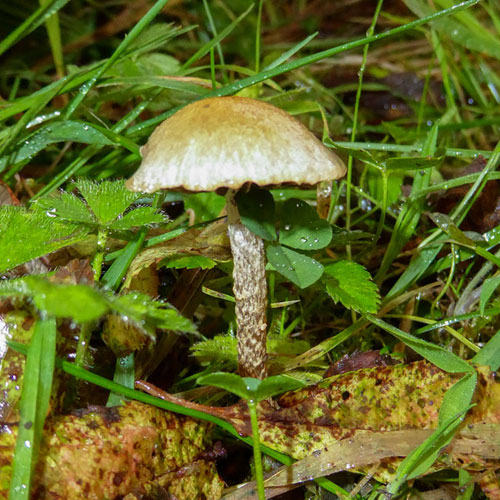 |
| Turkeytail |
Canada Goose |
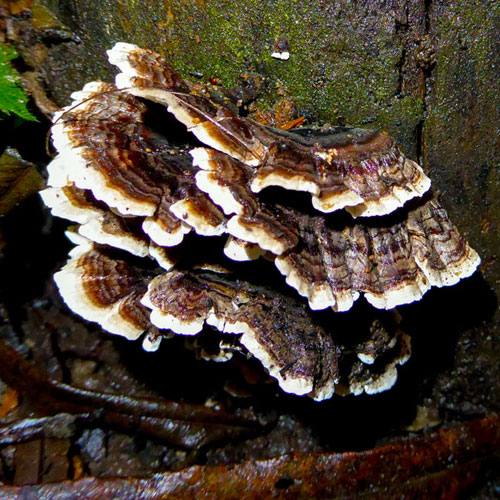 |
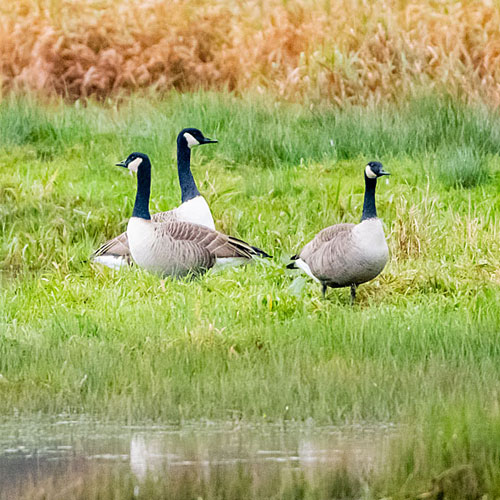 |
Below is the rather bleak view from the Channel Hide
We were pleased to hear the familiar sound of a large flock of around 80 Pink-footed Geese
passing overhead. Maybe encouraged by their cousins, the Canada Geese exited the Scrapes
and flew to Castle Semple Loch, which is adjacent to the Scrapes. Still working his bins hard,
John discovered a pair of Shovelers at the very back of the Scrapes.
He then fired off another few sightings - a Moorhen and female Teal just to the left of the hide and
then a couple of Common Snipe not far from those.
I contributed with a snap of a distant Carrion Crow before we noticed the rain had subsided a bit.
We headed for the bird feeding station next to a children’s play area. Sadly there were no birds
there but I did notice Jelly Ear fungi growing around the wooden tabletop feeder. As we
made our way to the next viewing hide I discovered a fallen log which was host to a large cluster
of Honey Fungus. From the hide we had a nice view of a pair of courting Mallards.
| Carrion Crow |
Jelly Ear |
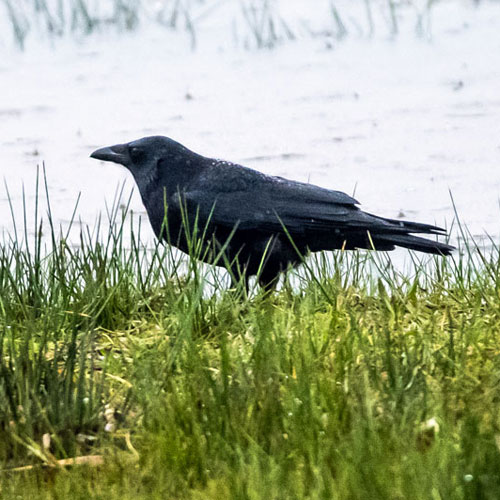 |
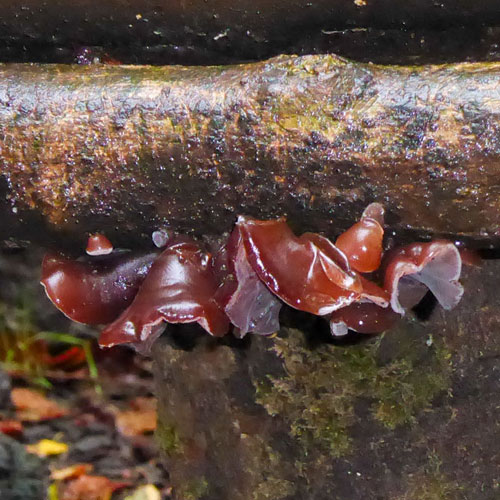 |
| Honey Fungus |
Demonstrative Female Mallard |
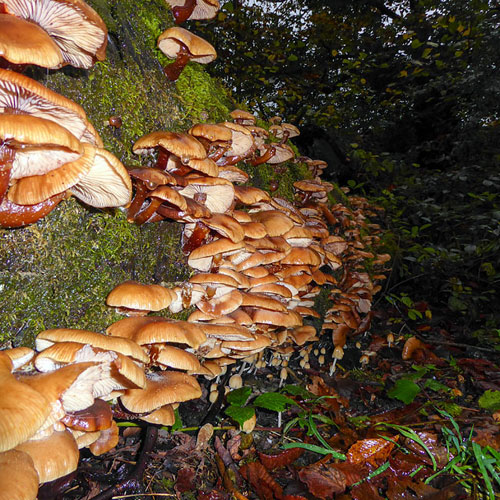 |
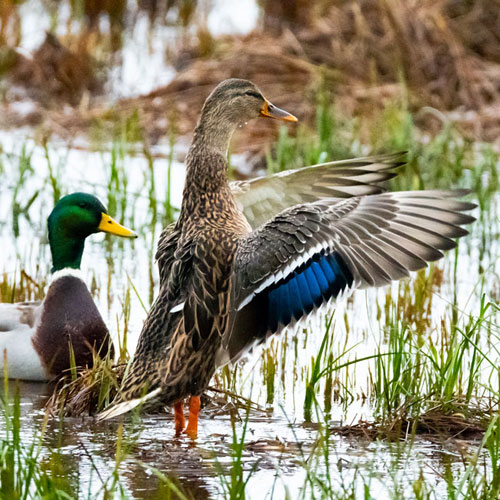 |
Below is the view from the viewing hide over Aird Meadow towards a murky-looking
Lochwinnoch.
We soon reached the hide that overlooks the Castle Semple Loch. From it we saw Cormorants on
a raft, drying their plumage. They were joined by a large Carrion crow.
At the far side of the Loch we noticed a family of recently-arrived Whooper Swans comprising 2
adults with 3 cygnets.
As we left the hide John noticed a large bracket fungus, Artist’s Fungus on the bottom of a
large tree. We walked towards the furthest viewpoint, along the wooded path that runs beside a
main railway line. By the time we reached the viewpoint we had sighted and photographed three
more fungi: the beautiful Glistening Inkcap, more Honey Fungus and Candlesnuff Fungus , so-named as it resembles a snuffed-out candle wick. Watching us from a safe distance was
a bold wee Robin foraging on the footpath.
| Artist's Fungus ( Bracket ) |
Glistening Inkcap |
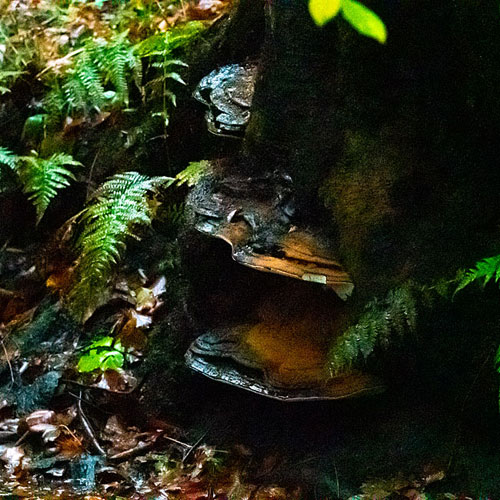 |
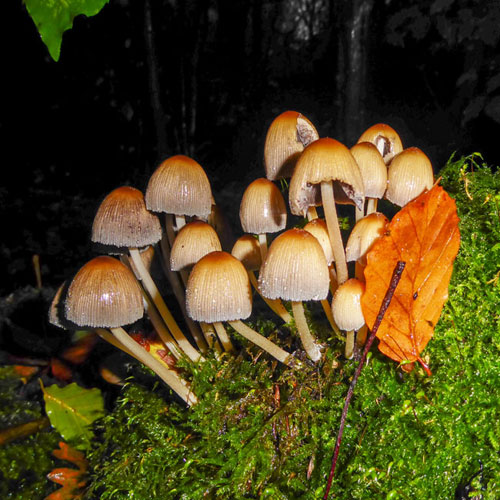 |
| Honey Fungus... |
|
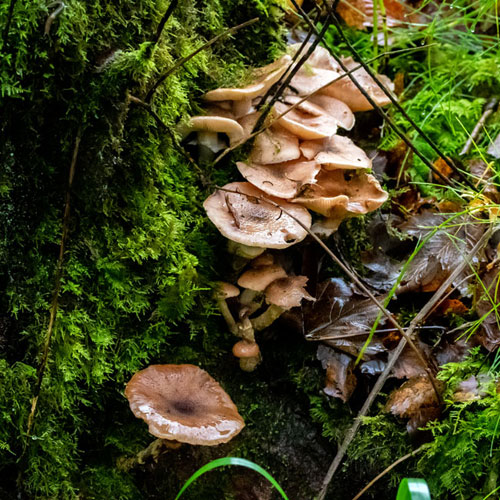 |
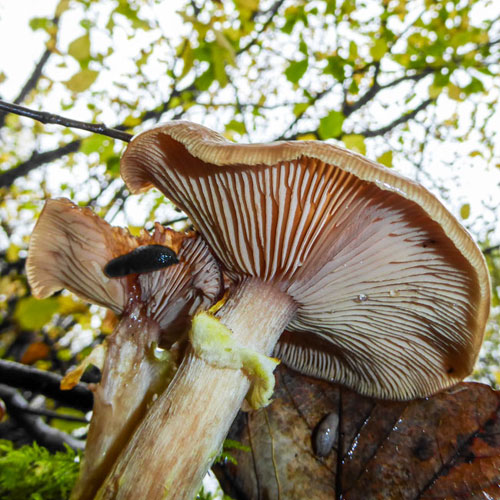 |
| Candlesnuff Fungus |
Robin |
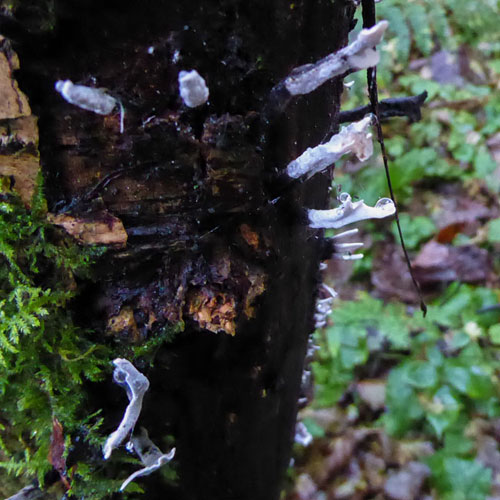 |
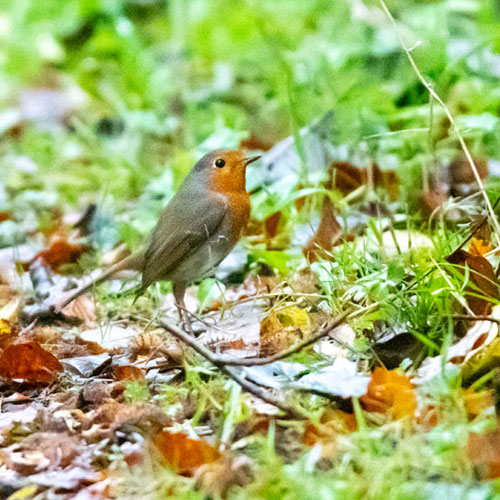 |
From the viewpoint we saw a large number of distant Tufted Ducks and a single, much closer
Tufted Duck. There were also a pair of Mute Swans lurking to the left of the viewpoint, one dipping
for food at the Lochside and the other preening in the marshy copse beside the Loch. As we left
to retrace our steps back to the car park, John directed my attention to a Great Tit on top of a
young tree, nibbling something.
On our trek back along the footpath we amassed pictures of another 8 fungi. We found the first of
these, the white, shell-like Variable Oysterling growing low on a mossy branch. Beside it
was a fallen log with aptly-named Ochre Brackets sprouting from its side. Further along the
path, on the trunk of a large tree, John noticed a developing Southern Bracket. Near the
hide we’d visited earlier I came across some Dog Lichen (not a fungus) growing on a low
branch.
| Variable Oysterling |
Ochre Bracket |
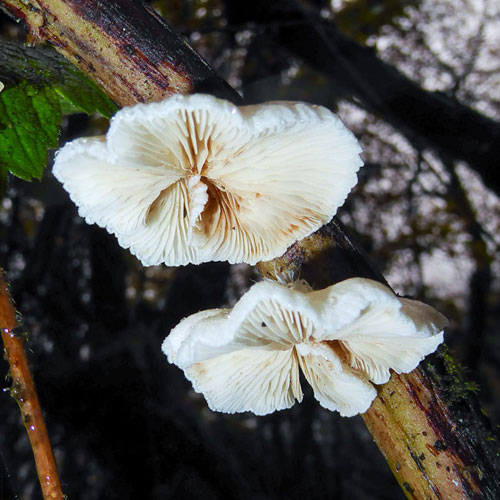 |
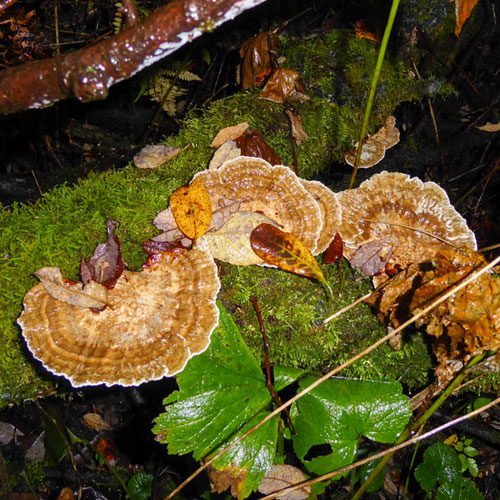 |
| Southern Bracket |
Dog Lichen |
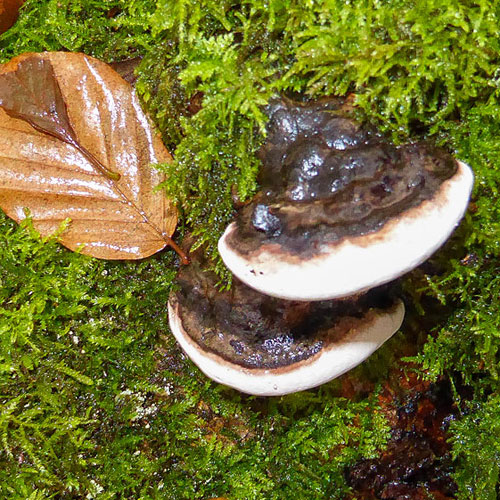 |
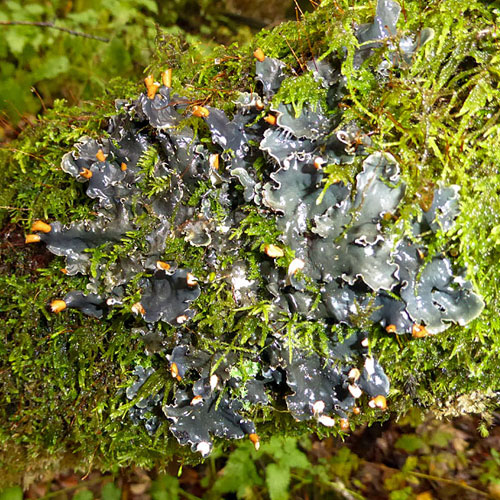 |
John found a tree that had a large white patch on its trunk. We think it could be Elder Whitewash (although this type of fungus is notoriously difficult to identify by inspection).
John also found our tiniest sighting of the day, most likely a Bark Bonnet, clinging to a very
big tree trunk. Its cap is a mere 6mm in diameter. He also queried some nodules growing on the
bark of a mature tree. I photographed one of them and after some research I believe it could be a
Beech Woodwart . The last of our sightings was of a Bleeding Broadleaf Crust
growing on an area of damaged bark on a very large tree.
| Elder Whitewash |
Bark Bonnet |
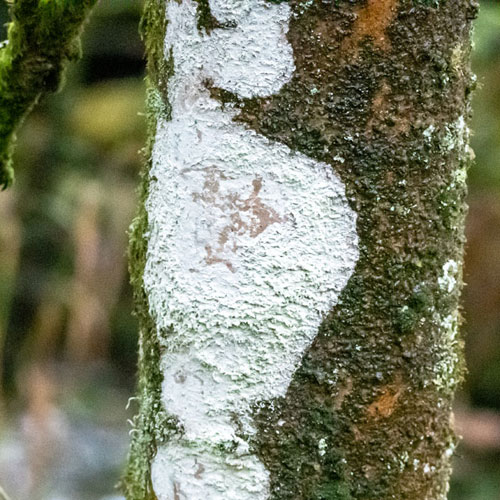 |
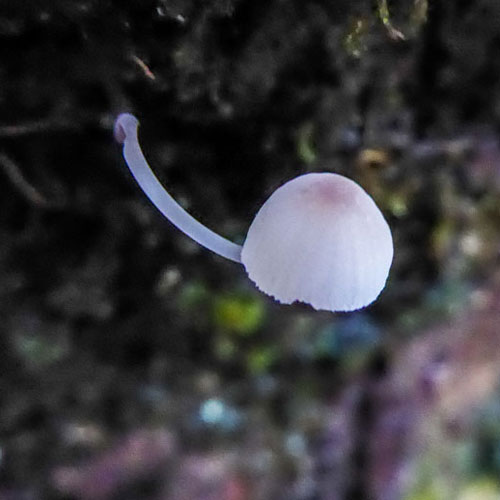 |
| Beech Woodwart |
Bleeding Broadleaf Crust |
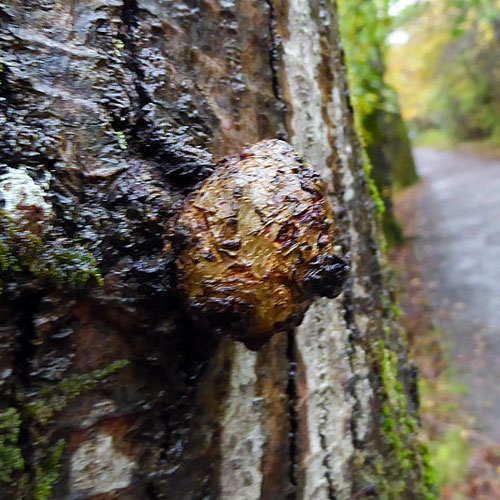 |
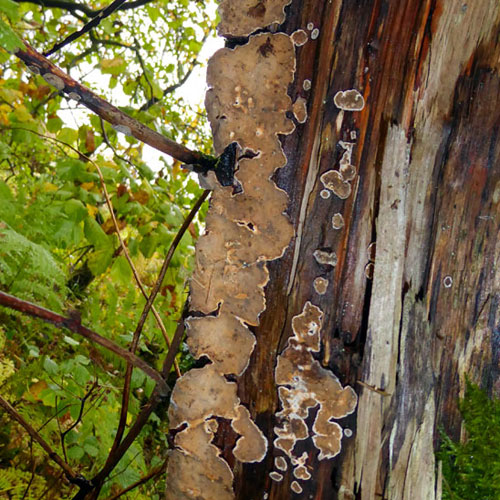 |
Well, despite the very damp and dull conditions, we managed to have a very enjoyable and
worthwhile visit that turned this week’s blog into
a bit of a fungi special edition. We hope you
enjoyed it. I have to mention - John played a blinder. The blog would be half as long if he had
stayed at home. I must also mention that the macro & flash functions on my wee LUMIX TZ70
made light work (pun intended) of capturing
pictures of the fungi. We celebrated with tea and
Danish pastries which, due to the inclement weather, we consumed in the car rather
than outside on our stools. Hopefully we will get better weather next week.
Week ending: 16th October 2022: Stevenston, Saltcoats and Irvine Harbour
My WeatherPro app predicted that, after a wet start, Sunday was to be mild, mainly dry snd
occasionally sunshine. East was to be slightly better, but I fancied West, specifically Stevenston,
as we hadn’t been there since mid-July. We had our usual Stevenston Morrisons’ breakfast (8/10:
good but very slow service and overcooked black pudding) and then started our quest at
Stevenston Point.
The Point was windswept when we arrived and waves were topped with white foam. The beach to
the north held only a few gulls, as can be seen from the photo below of the view looking towards
Saltcoats.
We could see no waders or ducks but there were small gatherings of Great Black-backed Gulls
and Herring Gulls.
| Great Black - backed Gull |
Herring Gull |
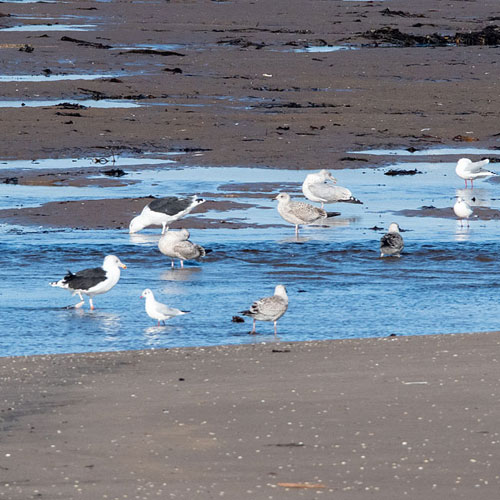 |
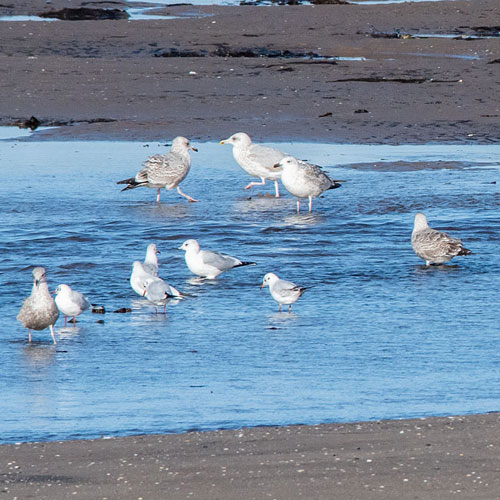 |
Occasionally there were some passing Oystercatchers.
The view to the south was a bit ominous, with Troon very much in the shade.
Rather disappointed with the dearth of birds, we relocated to Ardeer Quarry LNR , which is
about a half mile from the Point. Immediately we got out of the car we noticed that the reserve
was sheltered from the stiff wind and warm sunshine made conditions very pleasant. We set off
on our circuit of the site by walking by the pond. We were pleased to see a family of Mute Swans
gliding across the water - until I managed to spook one of the cygnets. A large cobb was on the
bank preening. I managed shots of a passing Jackdaw and also a Black-headed Gull floating at
the centre of the pond. As we moved away from the pond we passed a solitary, berry-laden Sea
Buckthorn bush.
We next moved from the park section of the reserve to the path that overlooks the wilder east
section. We were visited by a Coal Tit and Great Tit and also a singing Robin. Near the railway line
I snapped a beautiful flowering Common Toadflax, one of the few plants still in bloom.
| Coal Tit |
Great Tit |
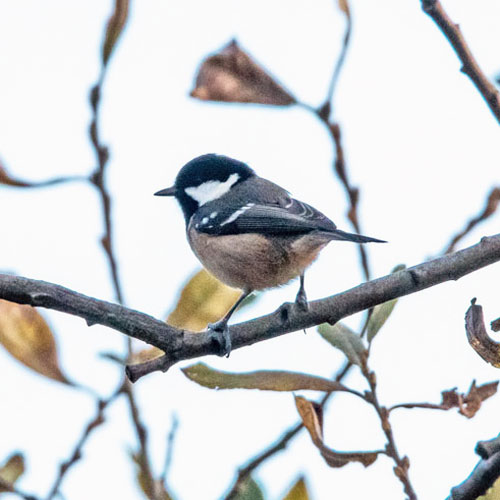 |
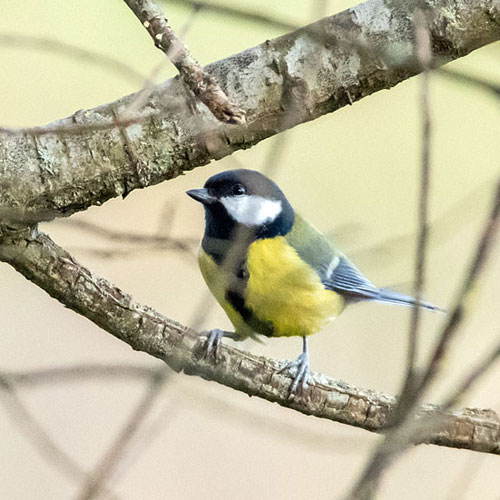 |
| Robin |
Common Toadflax |
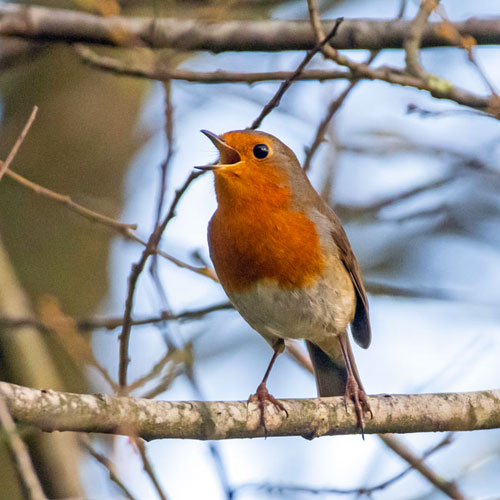 |
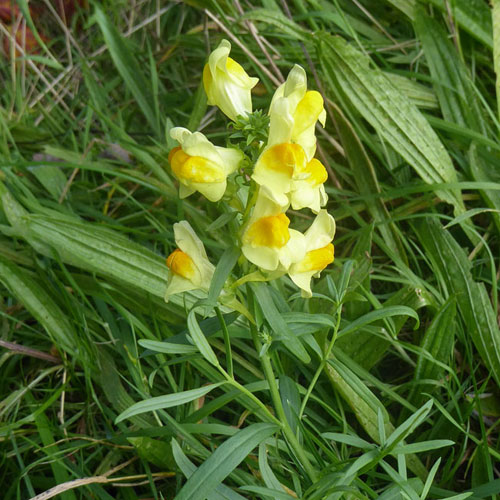 |
On the eastern section of path we were delight to briefly see a small flock of Redwings ,
probably recently arrived from Iceland or Scandinavia. Sadly there were no other birds to be seen
there but we did see flowering Smooth Sow Thistle and Red Clover. On the path at the north-east
of the reserve I got a very pleasing shot of another Robin. Meanwhile John had noticed what
looked like an old orchard, just off the path, with apples trees loaded with ripe fruit. Since John is
a keen baker, and not wishing the fruit to go to waste, he gathered some apples and took away
some “homework”. The picture shows the delicious results of his efforts.
| Redwing |
Smooth Sow Thistle |
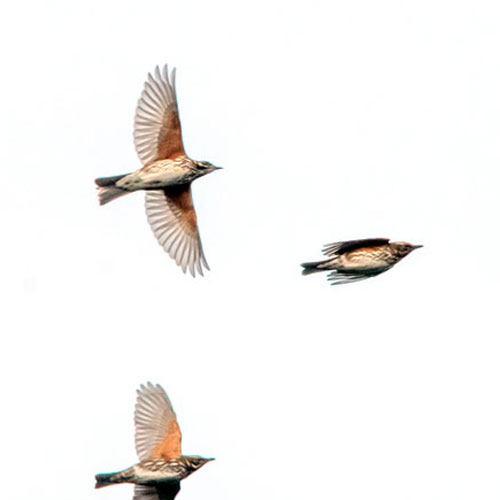 |
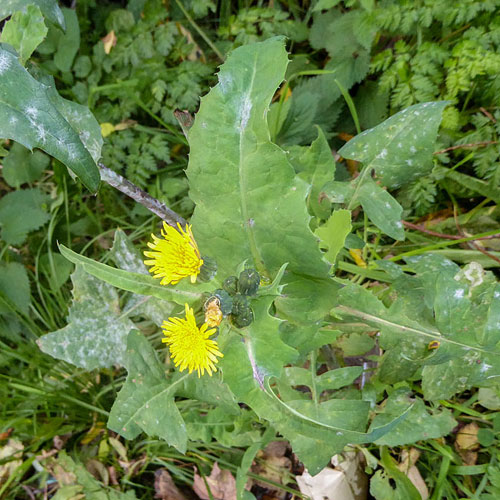 |
| Red Clover |
Robin |
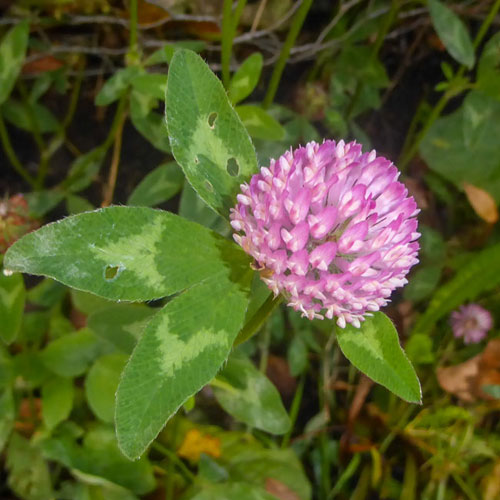 |
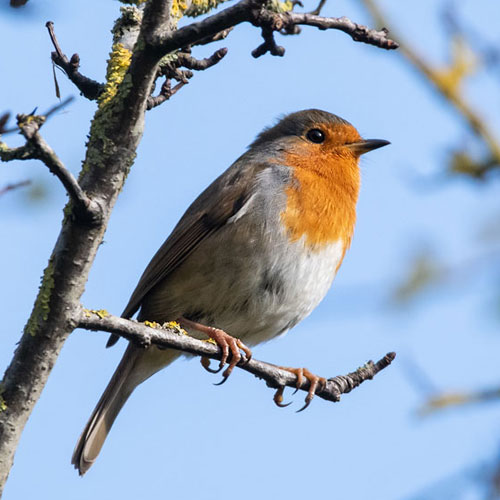 |
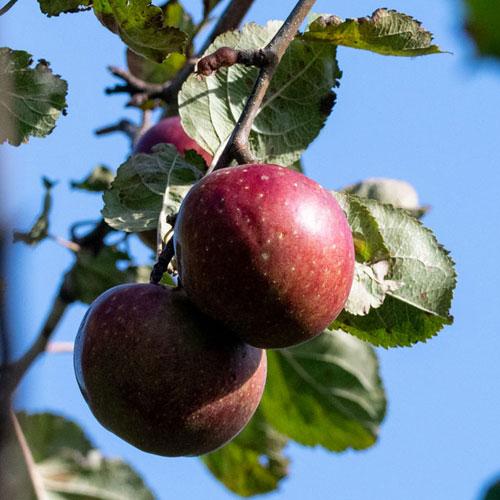 |
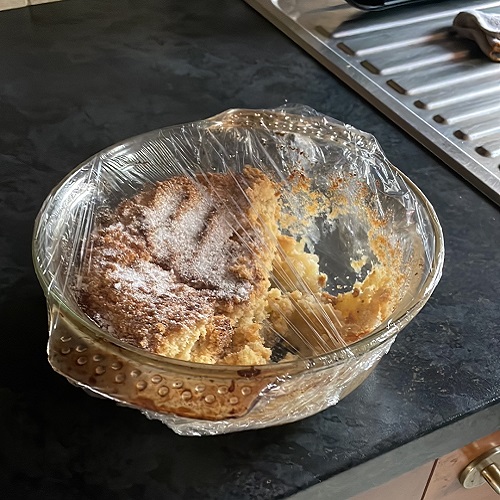 |
While John was harvesting apples I got a few shots of a juvenile Blackbird as it perched high on a
hawthorn hedge. Eventually we returned to the pond where I got nice views of a pair of Mallards
as they paddled past. I also photographed a Moorhen sitting on branches overhanging the water
before it descended into the water.
A pair of Little Grebes appeared near the Moorhen after they had been chased from their
preferred diving position by a bullying Mute Swan. We next decided to move a short distance up
the coast to Saltcoats. We made a brief stop at the area around the pond at the west end of
Moorpark Road after John spotted that there were birds there. I managed shots of an
Oystercatcher that was probing the grass for worms and a Herring Gull as it “danced” on
the grass to entice worms to the surface. John took the camera to capture shots of a small flock
of Curlew at the other side of the pond.
| Little Grebe |
Oystercatcher |
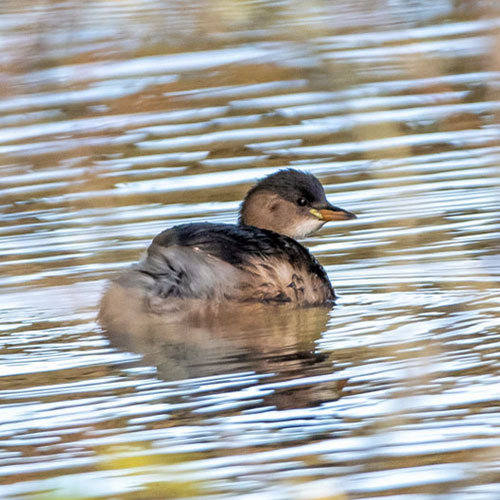 |
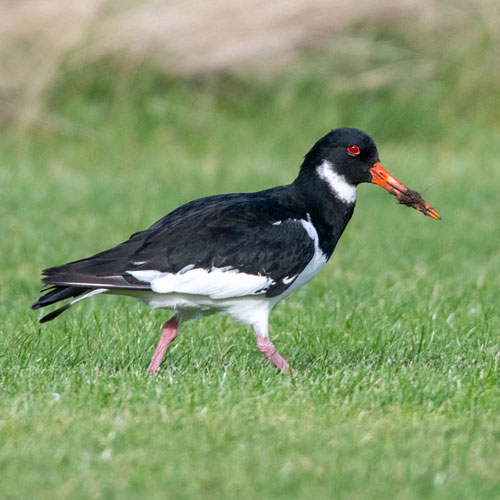 |
| Herring Gull |
Curlew |
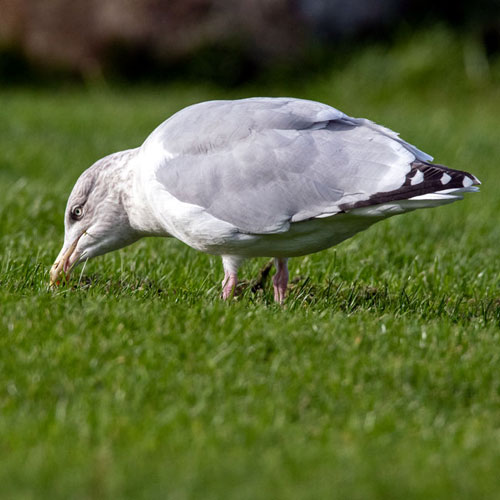 |
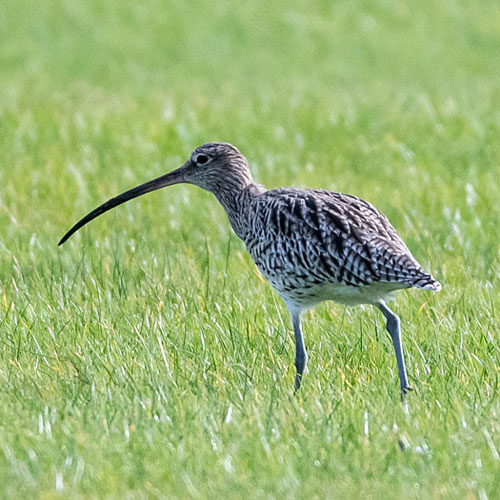 |
At a gusty Saltcoats Harbour we walked to the harbour mouth and saw a second-year Common
Gull as it flew low over the very choppy water. We also saw a few Cormorants flying past but I
failed to get a decent shot. Back in shelter of the harbour there were Curlew, Oystercatchers and
Redshanks feeding calmly.
| 2nd Cycle Common Gull |
Curlew |
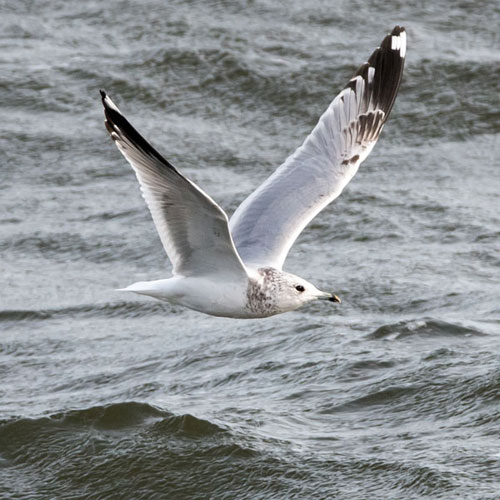 |
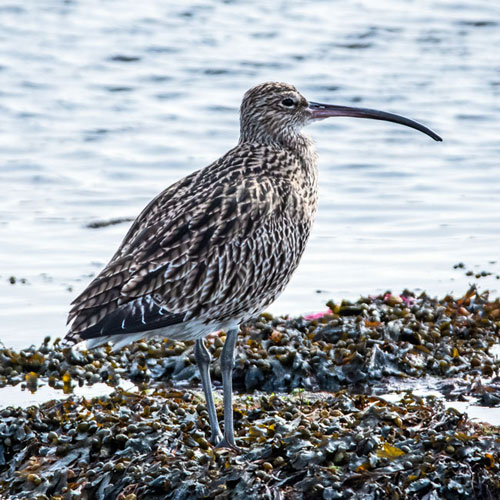 |
| Oystercatcher |
Redshank |
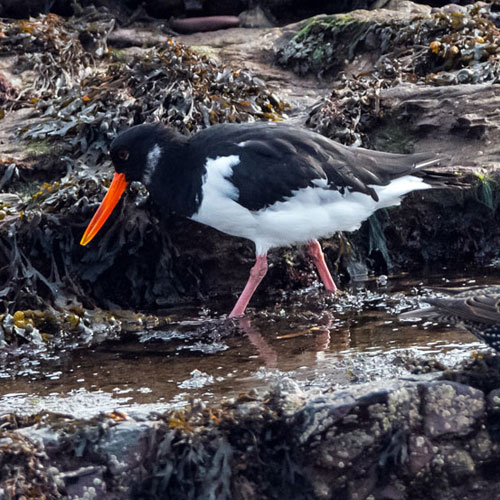 |
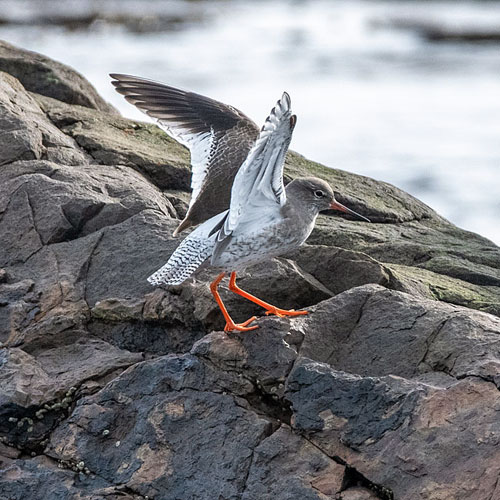 |
On the leeward side of the large boulders we saw a gathering of around 50 roosting Redshanks.
Near them there were very busy Starlings and Turnstones scouring the seaweed piles for
invertebrates. As we walked back to the car a cheeky wee Pied Wagtail landed in front of us in the
path and very skilfully managed to keep its safe distance from me. But I still managed a decent
shot.
| Redshank |
Turnstone |
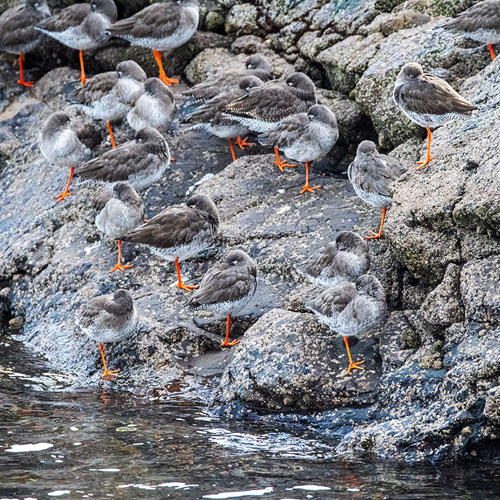 |
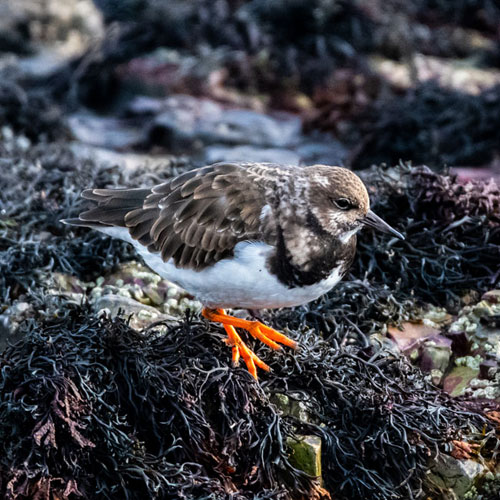 |
| Starling |
Pied Wagtail |
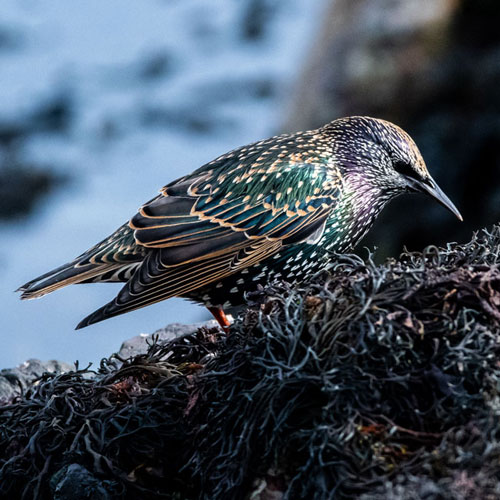 |
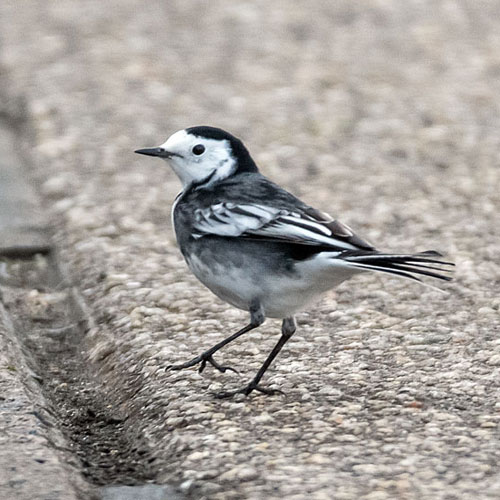 |
Our final stop of the day was at Irvine Harbour. The wind was strengthening and possibly as a
consequence of that, the River Irvine Estuary seemed devoid of birds. Good job then that John
noticed that the grassy area between the car park and promenade was rich in fungi. I tentatively
determined that there were at least two species of fungi, Butter Waxcap and Field
Mushroom.
We walked along the prom to the mouth of the river. Below is the view looking back. Note the
Pilot’s House on the left and on the right, The Big Idea (science museum) on Ardeer
Peninsula.
There were Cormorants on the tall wooden posts in the Irvine Estuary. There was great
competition for these prime positions for drying their wings, as shown by the sequence of pictures
below. It looked like a dominant male bullied a female or juvenile off a post.
It had been a very quit start to the trip but as the day progressed we steadily added to our
collection of sightings, so by the end it was a satisfactory haul of pictures. Most pleasing to me
were the Robins, Redwings and fungi and Cormorants are very photogenic. We, of course,
finished with tea, accompanied with our original accompaniment, custard-filled Danish pastry. A
sweet end to a sweet trip.
Week ending: 9th October 2022: Barns Ness and Dunbar Harbour
Rain was predicted to move in slowly from the west, so Dunbar, in the east, was my choice since
the front wouldn’t arrive there until late afternoon. Barns Ness is one of our favourite locations and
we expected that it would provide sufficient variety to make our visit a productive one, despite the
predicted dull conditions. As usual we had an early pit-stop in Dalkeith Morrisons for a couple of
small breakfasts (10/10: excellent. Again, we couldn’t fault it) before driving down the A1 to Barns
Ness just east of Dunbar.
The weather was mild and a bit dull at times. We started our usual circuit of by walking along by
the seashore following a path that would lead us to the nearby Barns Ness Lighthouse.
Immediately I spotted a few Stump Puffball fungi in the short grass. While I photographed
these, John captured images of a young Starling surrounded by flies on a Seaweed pile. The tide
was low but rising so the bay was dry with only a few birds, such as Redshanks, foraging
amongst the exposed rocks and boulders. A few flowers were still in bloom such as the Sea
Mayweed.
| Stump Puffball |
Juvenile Starling |
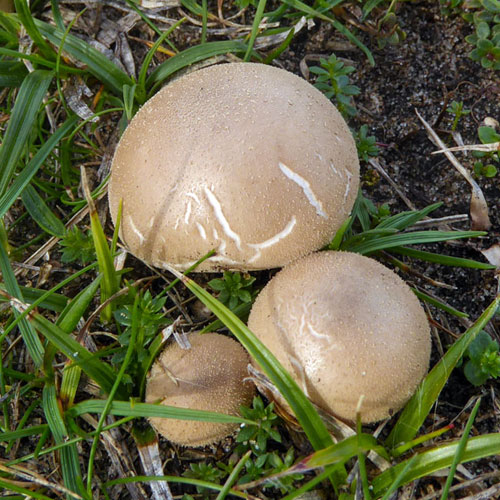 |
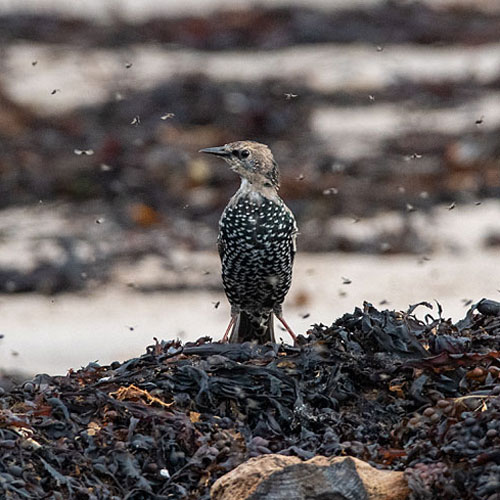 |
| Redshank |
Sea Mayweed |
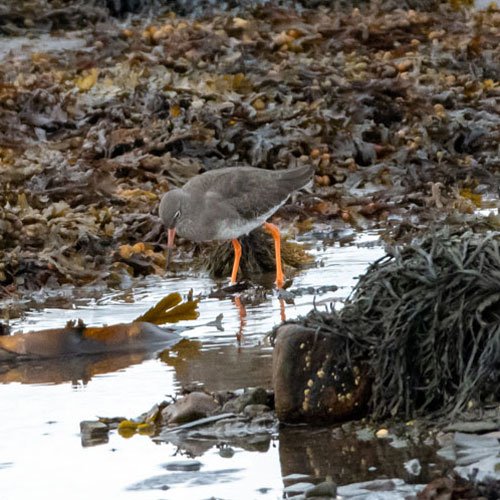 |
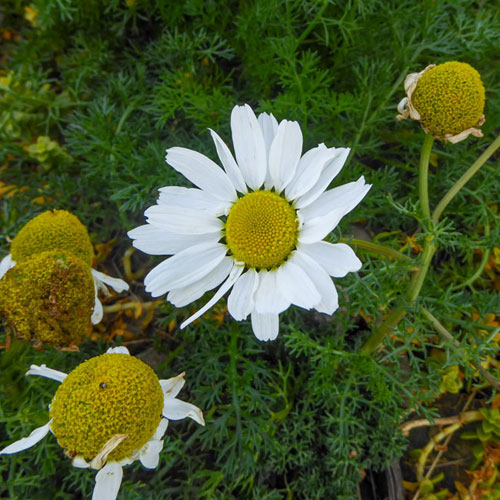 |
Near the lighthouse I noticed that there were Starlings sitting on its domed roof. John also pointed
out a large Carrion Crow perched on top of a flagpole. We sat for a short time at the foreshore
adjacent to the lighthouse and watched the world go by. While I was waiting I snapped a pair of
Beach Rose hips and also a group of Oystercatchers on the most distant rocks.
| Starling |
Carrion Crow |
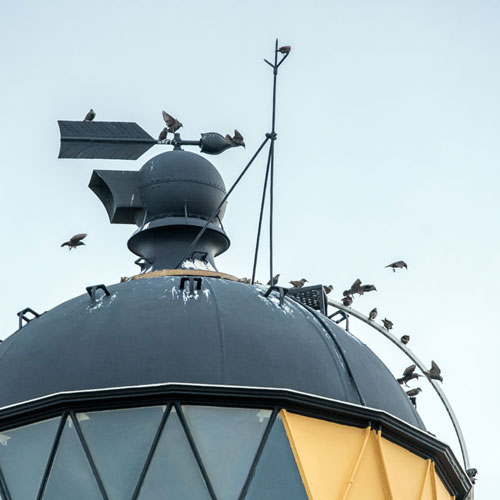 |
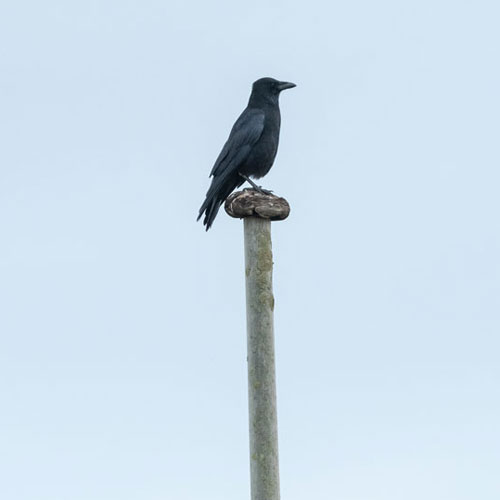 |
| Japanese Rose Fruit |
Oystercatcher |

|
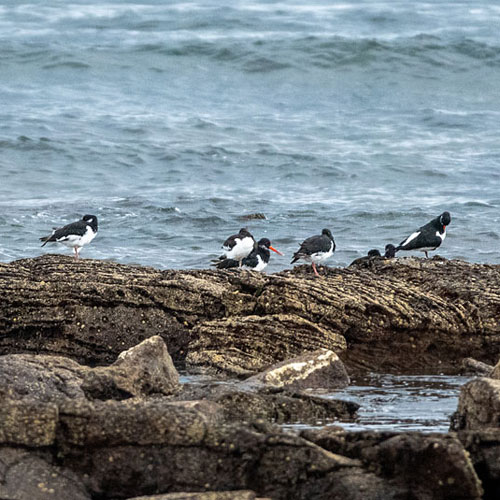 |
We soon moved on since the passing birds were too far away for my camera. Well past the
lighthouse we moved across the grassy dunes using a well-worn path. There were several empty
snail shell like that of the Brown-lipped Snail shown below. We sneaked a view from the edge
of the dunes onto the shore, taking care not to spook any birds that might be there. I
photographed a passing Cormorant and John got sight of a Grey Heron at the edge of the
advancing tide. A bold, or, more likely, an inexperienced immature male Pied Wagtail toddled past
us within about 8 metres, making for nicely detailed pictures.
| Brown - lipped Snail |
Cormorant |
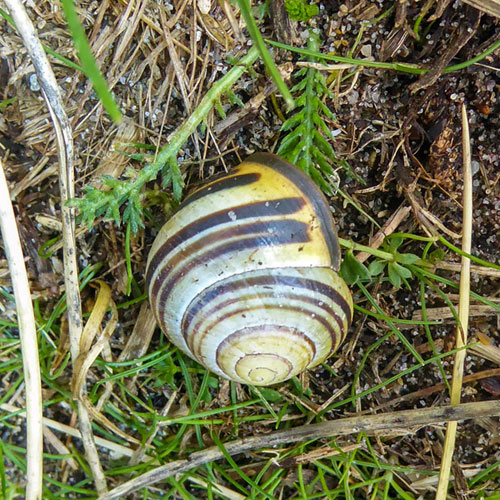 |
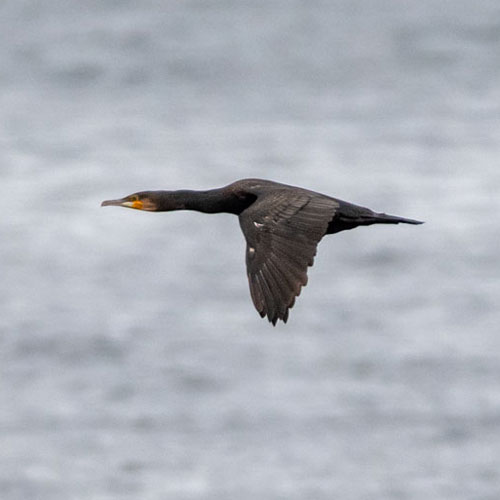 |
| Grey Heron |
Juvenile Pied Wagtail |
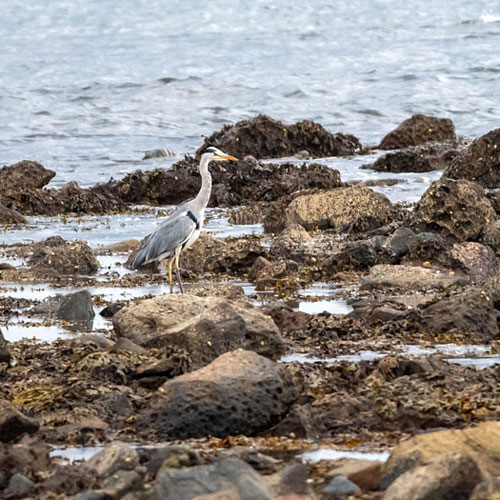 |
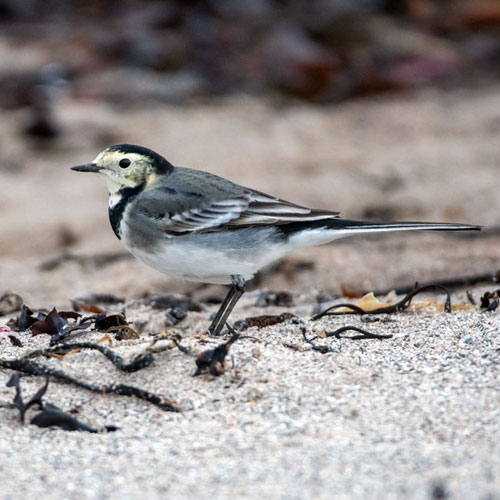 |
We moved along the beach to get clearer shots of a line of birds, Oystercatchers and Dunlins, that
were also at the waters edge some 60m away.
I noticed there were also Turnstones in the line.
John’s binoculars, which were working exceptionally well, picked up a Curlew at the edge of the
beach. A few minutes later, another Curlew flew past. It was carrying a large invertebrate in its
beak. There were a few Rock Pipits hunting smaller invertebrates in the large seaweed piles that
were rotting on the beach. Another Pied Wagtail appeared on the sands.
A group of waders, mainly Dunlins, flew onto the shoreline and proceeded to search the
water’s edge for food.
Also in the group of waders were a Redshank and a Bar - tailed Godwit.
The Godwit only stayed a short time before flying off towards the lighthouse. I got a pleasing shot
of a Starling as it took flight from a large boulder, before we we decided to leave the beach. We
passed back through the dunes and across a narrow heath, toward the southern boundary. On
the heath I photographed an impressive Slender Parasol mushroom and a Fox Moth
caterpillar.
| Bar - tailed Godwit |
Starling |
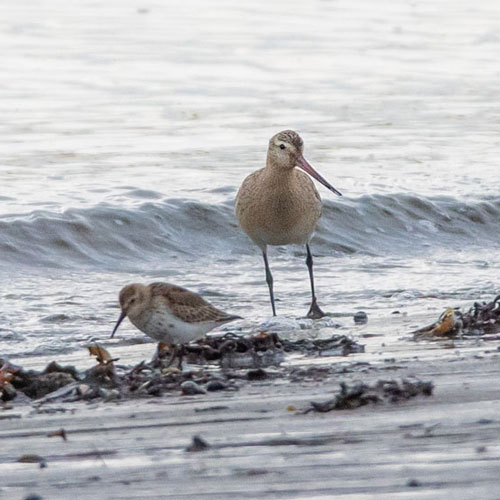 |
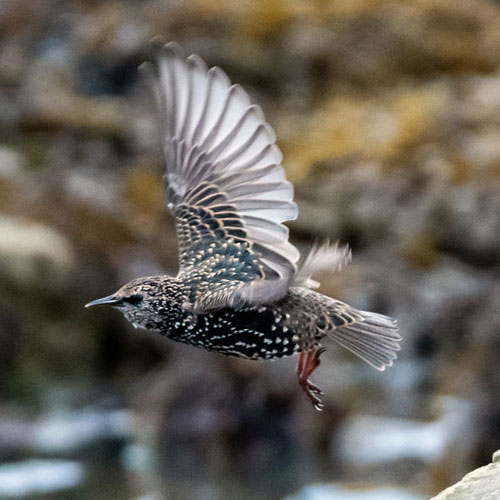 |
| Slender Parasol |
Fox Moth Caterpillar |
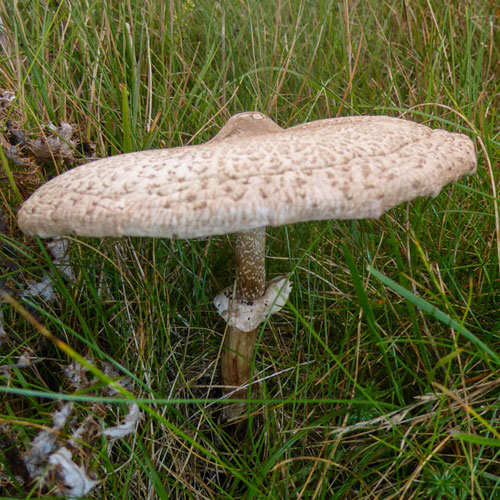 |
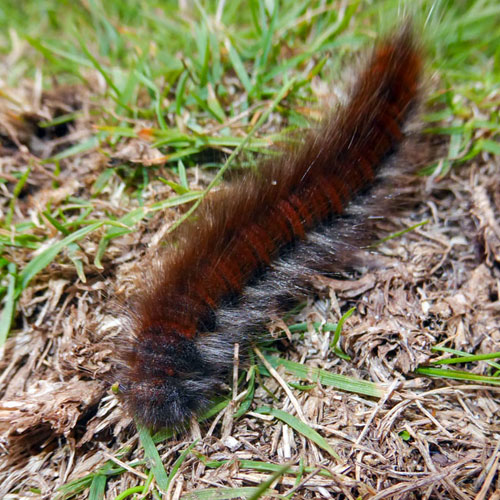 |
Near the boundary wall we found a Meadow Waxcap mushroom near some White
Campion and there were small Nettle Tap Moths on Common Ragwort flowers. At the site
of the old caravan park a Stonechat was calling as it sat on withering vegetation.
| Meadow Waxcap |
White Campion |
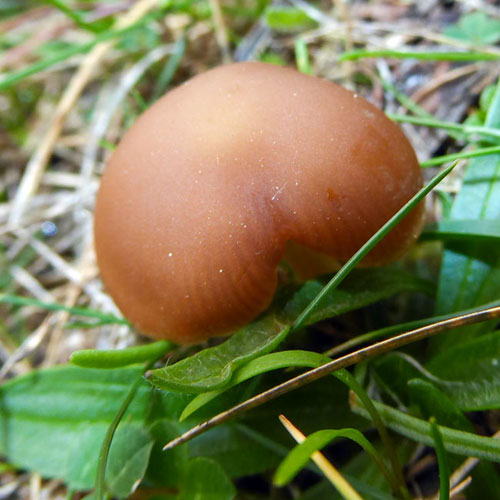 |
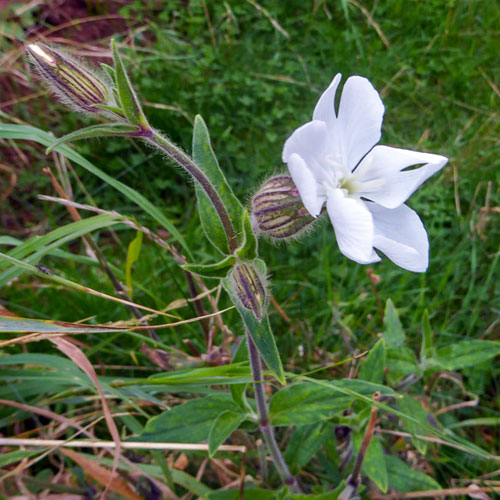 |
| Common Nettle Tap Moth |
Juvenile Stonechat |
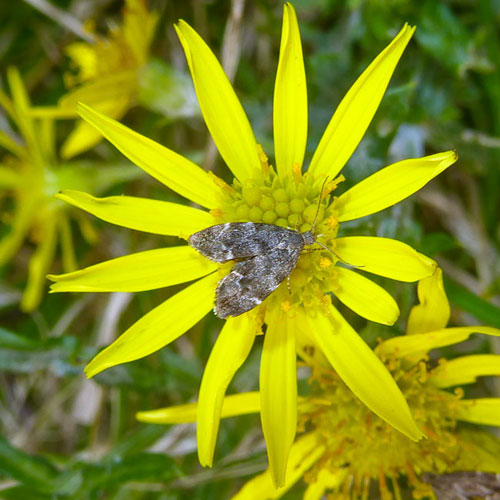 |
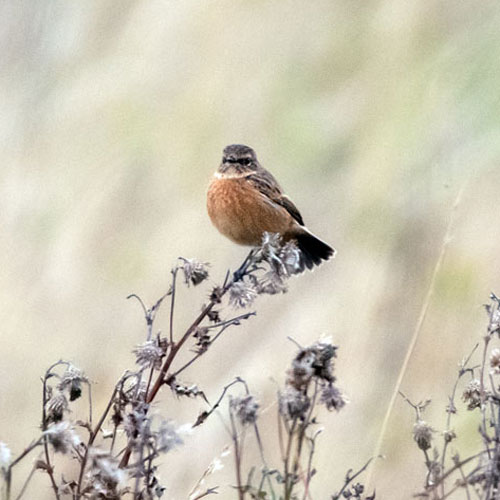 |
A fellow birder we met advised us to check out the flooded Quarry area for Barnacle Geese,
which we did. Unfortunately, although we did see a large flock of Greylags, we couldn't find any
Barnacles. We did however see distant Roe Deer grazing on the far grassy banks behind a very
large flock of roosting gulls. A family of Grey Herons was standing on the slope fairly close to the
viewing screen. There were also a pair of Tufted Ducks diving in the water just below the screen.
| Roe Deer |
Grey Heron |
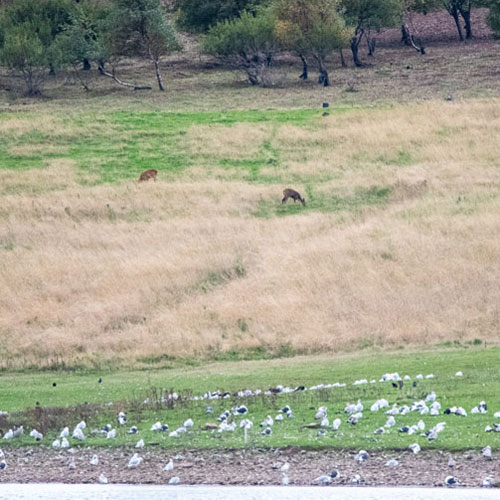 |
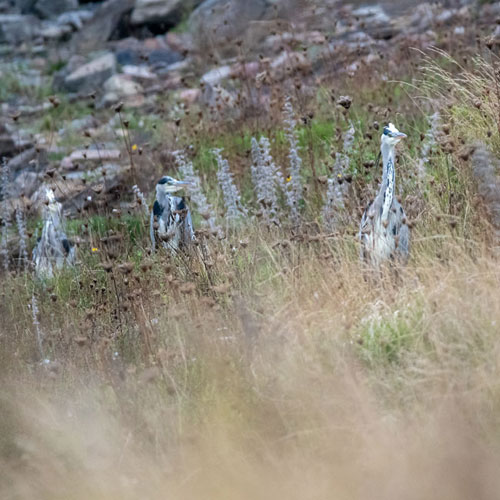 |
| Drake Tufted Duck |
Female Tufted Duck |
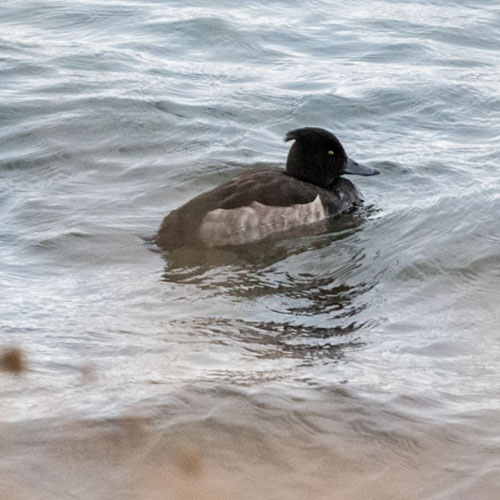 |
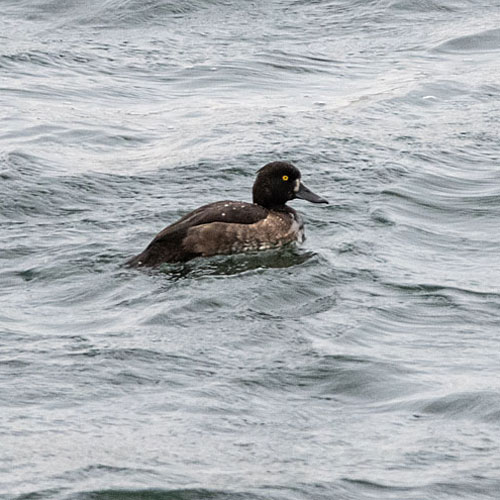 |
Our final stop of the visit was Dunbar Harbour. We watched beautiful Eider ducks as they dived
close to the moored fishing boats.
We walked around the harbour and entered the Battery to view the bird activities around the islets
sited a couple of hundred metres offshore. These are called The Yetts and Round Steeple. There
were frequent passes of birds such as Cormorants and Shags. We were particularly pleased to
see some young Gannets given the recent Flu outbreak in colony on the Bass Rock. John was
thrilled to see a “Sammy” (Grey Seal) surfacing near the islets. As we were leaving the Battery I
snapped a shot of a flowering Thrift plant in their wild garden.
| Shag |
Gannet |
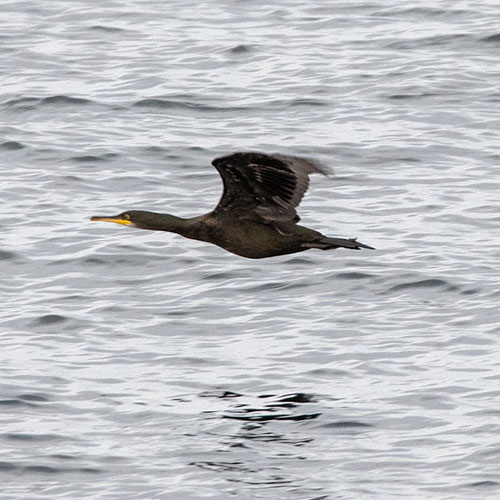 |
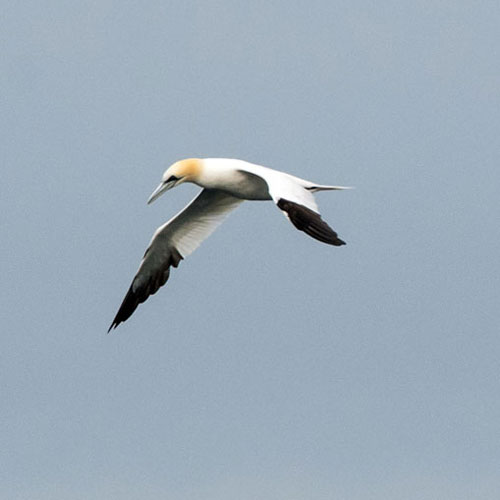 |
| 1st Cycle Gannet |
2nd Cycle Gannet |
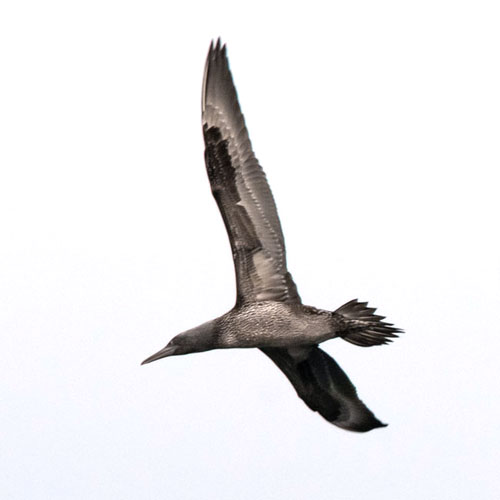 |
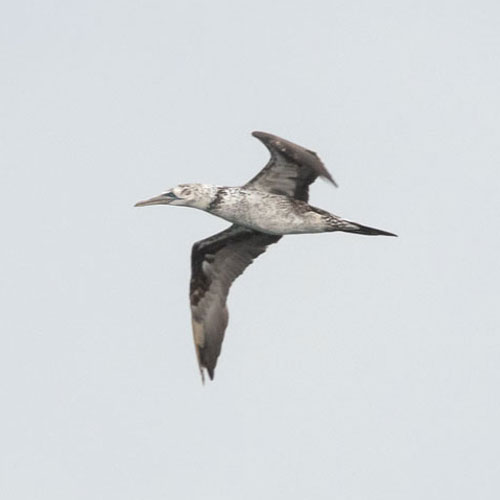 |
| Grey Seal |
Thrift |
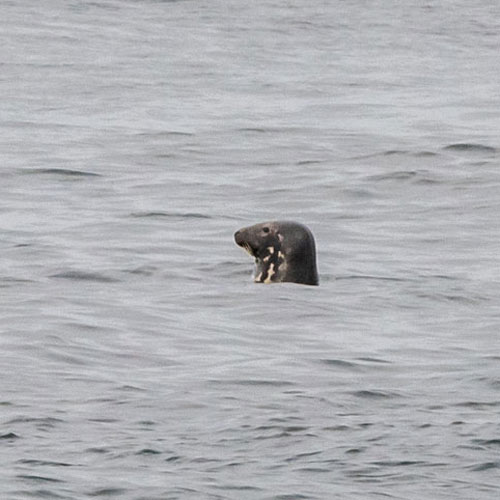 |
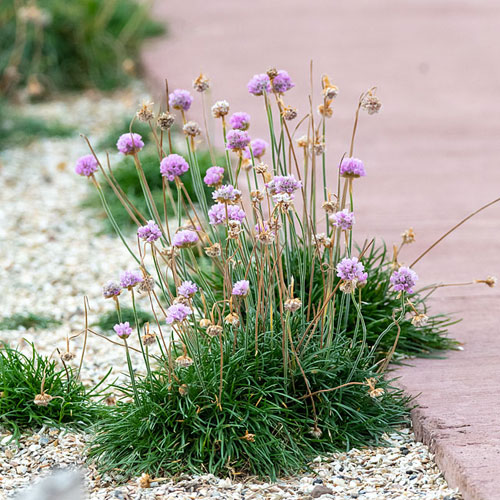 |
Finally, as we sat at the Harbour’s edge and prepared for tea, John alerted me and to an
approaching flock of around 34 Barnacle Geese.
I hurriedly grabbed my camera and fired off
a few shots before they passed over heading west towards Belhaven Bay.
Luckily I managed to crop one of my Barnacle shots to show some detail.
As we sipped our tea and nibbled on Apple and Custard Lattice pastries, we watched a wee
Rock Pipit foraging onboard one of the parked fishing boats. A young Herring Gull was behaving
in a similar manner on a neighbouring boat, while its parent observed from the water.
| Barnacle Goose |
Rock Pipit |
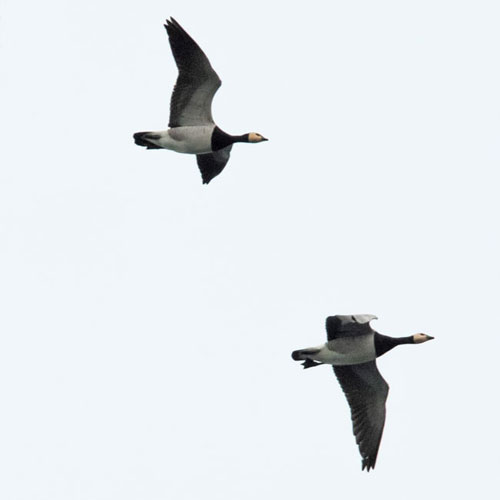 |
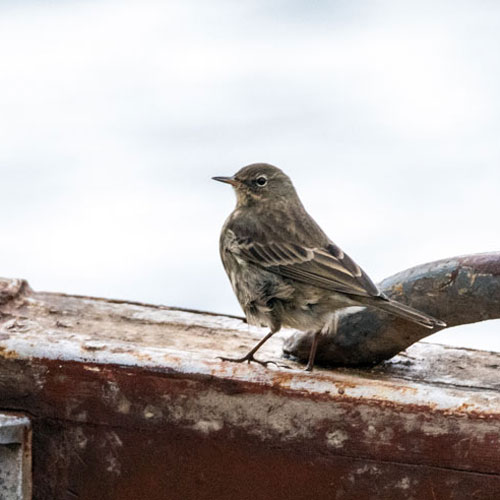 |
| 1st Cycle Herring Gull |
Herring Gull |
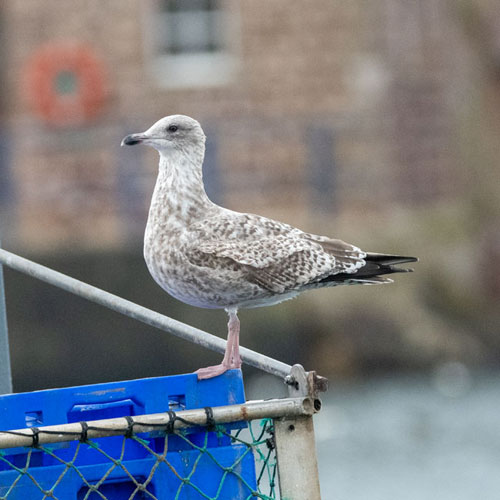 |
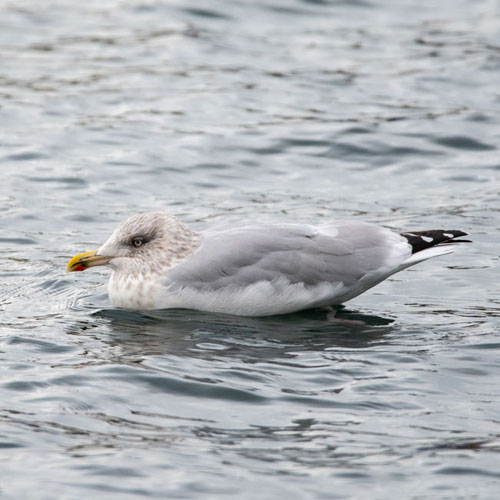 |
It had been a surprisingly enjoyable visit, surprising as I had expected low light and even rain and
gales, but the weather had been kinder than that. We had enjoyed mild conditions and had made
many varied and pleasing sightings. My favourites were the fungi, Gannets and Barnacles. I’m
now looking forward to next week, whatever the conditions
Week ending: 2nd October 2022: John Muir Country Park (JMCP) and Belhaven Bay.
Weather-wise, there was a definite east/west split this week: cloudy with showers predicted for
the west, while it was to be sunny in the east. Hence I opted for a visit to John Muir Country Park near Dunbar. So after an excellent breakfast in Dalkeith Morrisons (10/10: couldn’t fault it),
we high-tailed it down the A1 to JMCP to begin our quest.
The tide was low and the sands of the Inner Bay were completely exposed apart from the
meandering River Tyne making its final push into Belhaven Bay. The forest at JMCP had been
decimated by Storm Arwen in November 2021, so I thought we could explore the damaged forest
in the hope we might find a few fungi. We discovered a path that took us into the forest where we
saw that much of the signs of destruction had been cleared but it was still a very sad sight. Our
spirits were soon raised when we heard the familiar sound of an approaching flock of geese. John
estimated the flock contained over 80 geese.
We quickly identified them as Pink-footed Geese but it wasn’t long until they disappeared west,
maybe heading for Aberlady. I became discouraged by the amount of grass that was growing on
what had been relatively bare forest floor. However, we remained patient and eventually we did
come across some interesting fungi - Dappled Webcap and Weeping Bolete . A wee
Coal Tit checked us out, perhaps annoyed by our presence in its feeding grounds. We neared the
perimeter of the East Links Family Park. A Woodpigeon observed us as I came across a late flowering Vipers Bugloss.
| Pink - footed Goose |
Dappled Webcap |
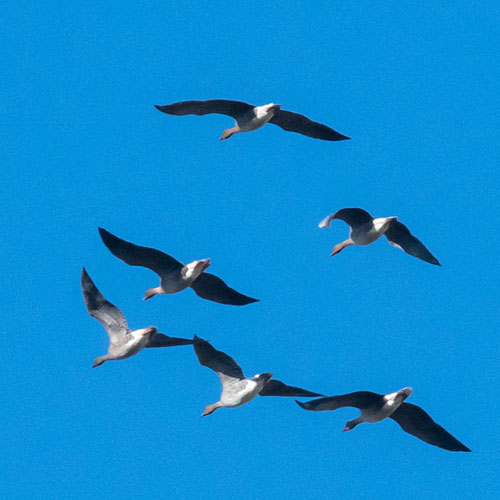 |
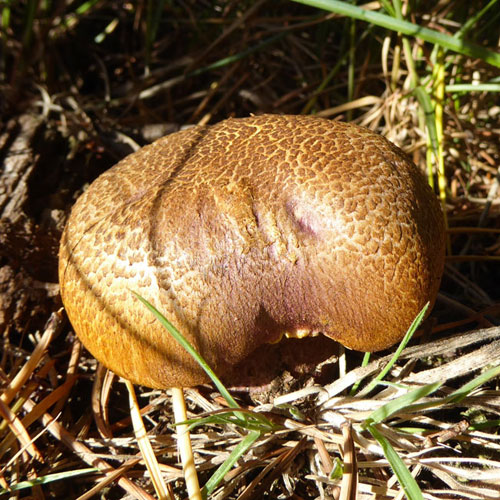
|
| Weeping Bolete |
Coal Tit |
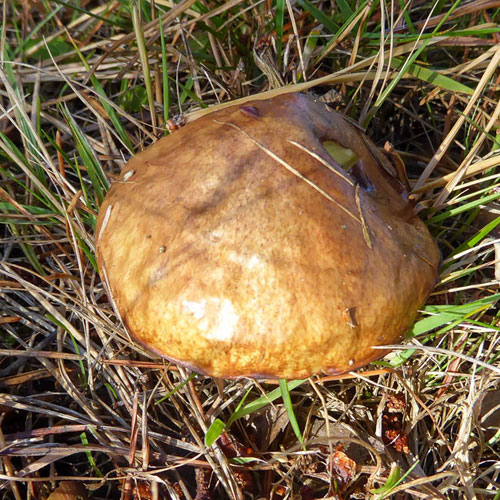 |
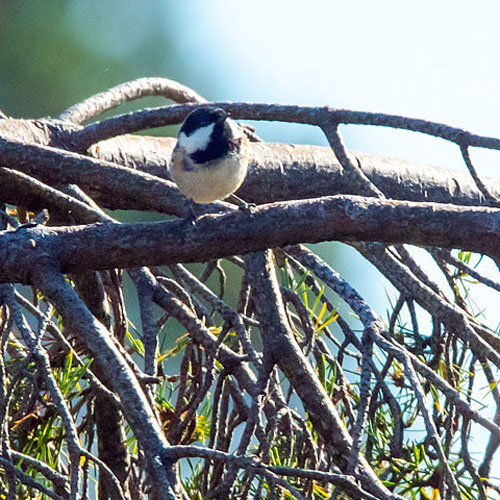 |
| Wood Pigeon |
Viper's Bugloss |
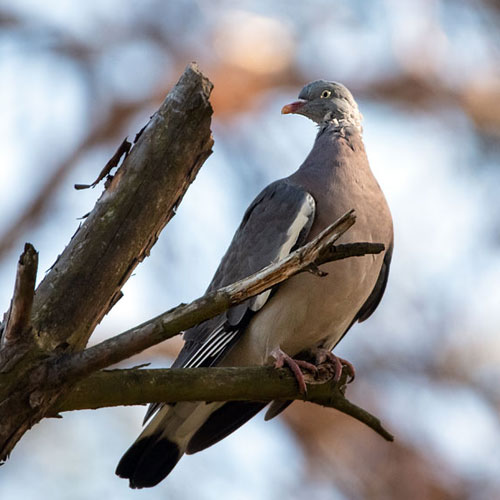 |
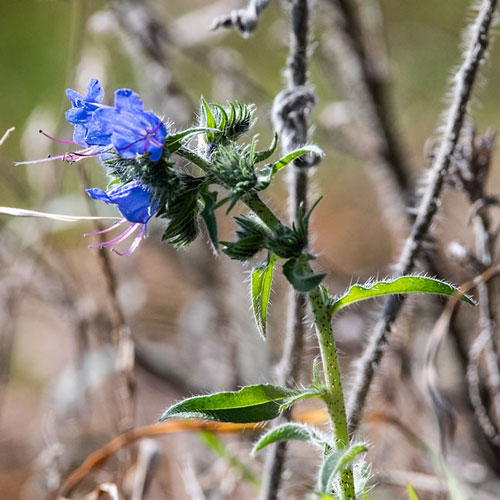 |
We next took a path that would lead us back to the Inner Bay. Before we reached there we had
discovered another three fungi - Blusher,
Giant Funnel and Shaggy Parasol.
| Blusher... |
|
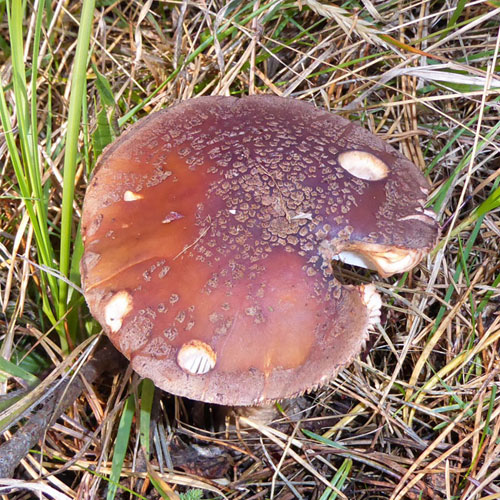 |
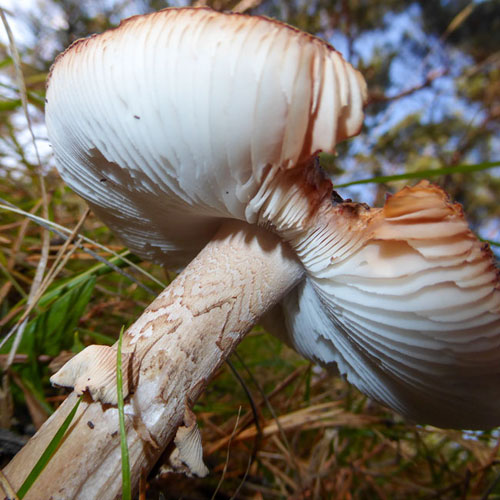 |
| Giant Funnel... |
|
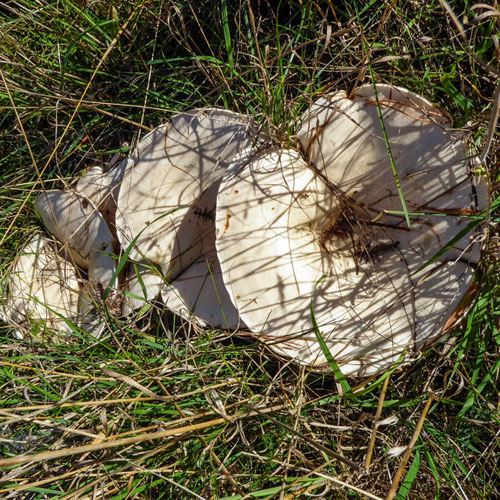 |
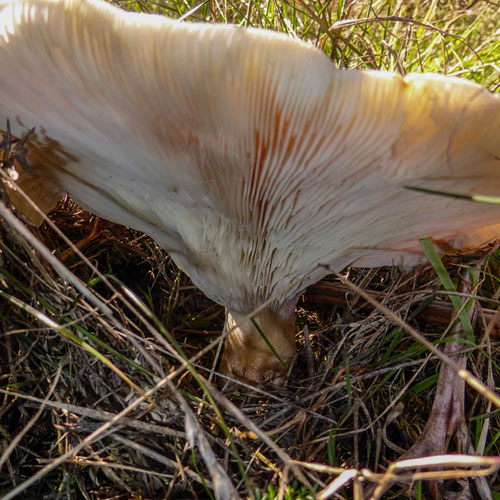 |
| Shaggy Parasol... |
|
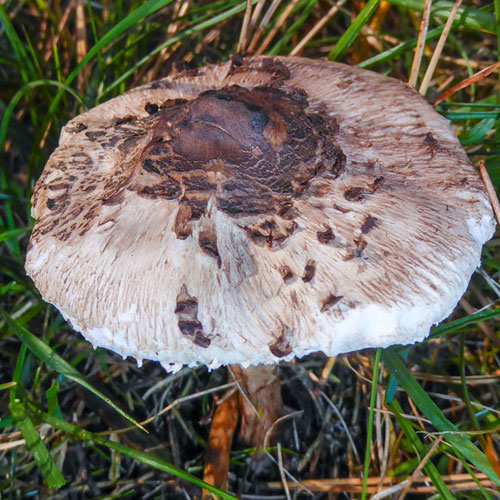 |
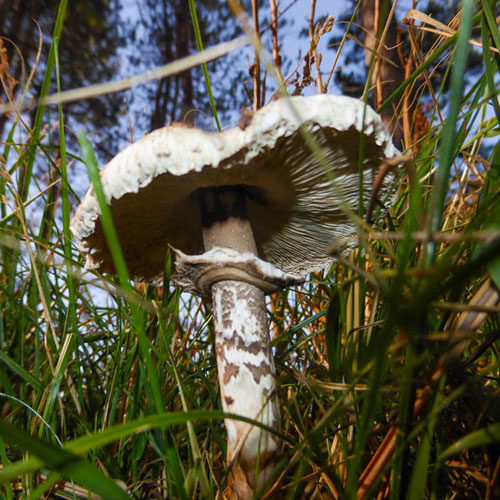 |
At the edge of the Inner Bay I spotted a weathered snail shell. Going by its faded pattern, it
probably once belonged to a Garden Snail. Maybe it was the remains of a Carrion Crow snack.
We heard an overhead commotion as Crows mobbed a passing Buzzard. Not long after that we
came across an impressive-looking clump of Stump Puffball , our fifth fungi find.
| Garden Snail shell |
Carrion Crow |
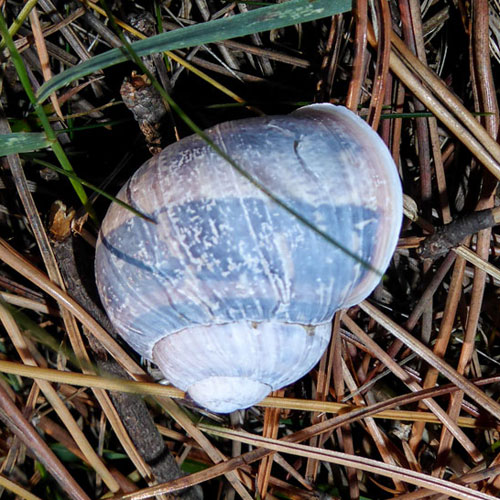 |
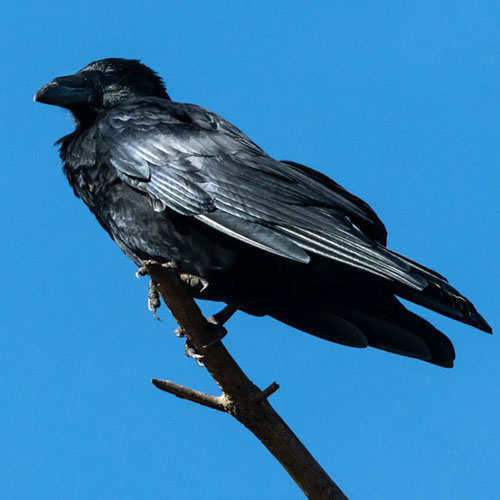 |
| Common Buzzard |
Stump Puffball |
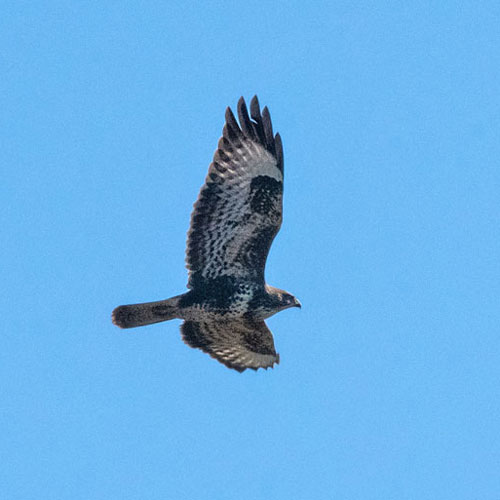 |
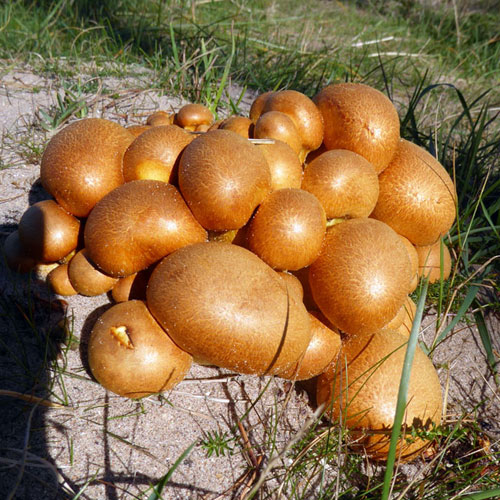 |
The grassy area around the Puffball held a few Harebell flowers and Sea Mayweed, upon which
was a pretty Syrphus Ribesii hoverfly. While I photographed these on my Lumix TZ70, John
used the Nikon D500 to capture images of some passing horses and their riders as they galloped
along the wet sands.
| Harebell |
Hoverfly Syrphus ribesii |
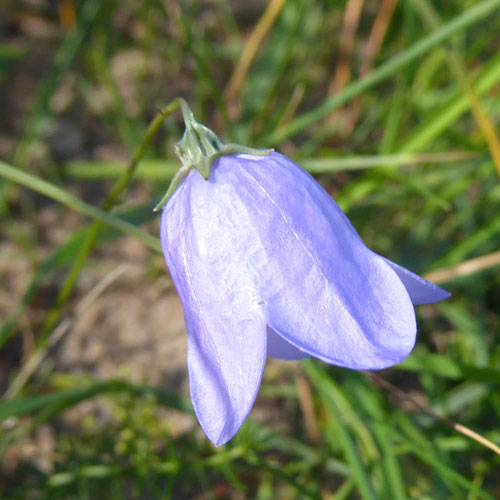
|
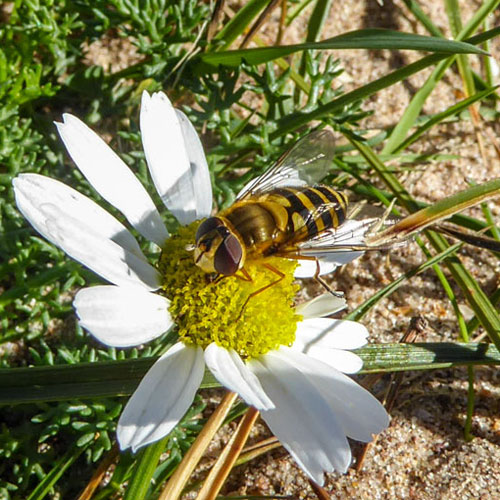
|
| Sea Mayweed |
Printed with permission |
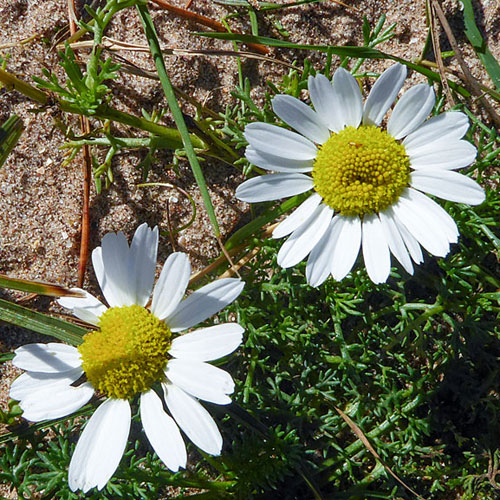
|
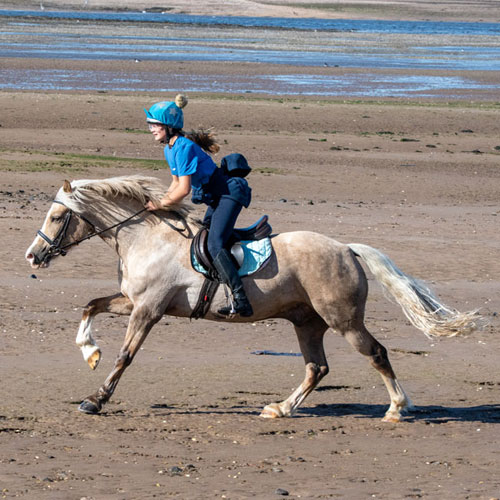 |
We noticed a solitary Curlew foraging amongst the damper areas of the bay. We then turned into
the saltmarsh to the east of the Inner Bay. Much of the saltmarsh is covered with Purple
Glasswort . John noticed a couple of Dunnocks by a bush on the edge of the marsh. We
moved to a path along the forest edge where I photographed an uprooted Weeping Bolete from
which we can see that the underside of the cap has tubes and pores (rather than gills).
| Curlew |
Purple Glasswort |
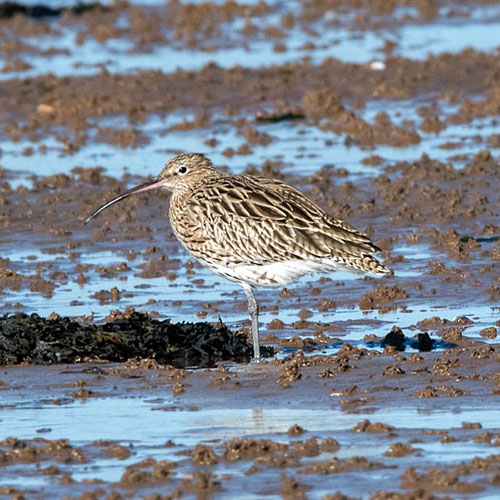 |
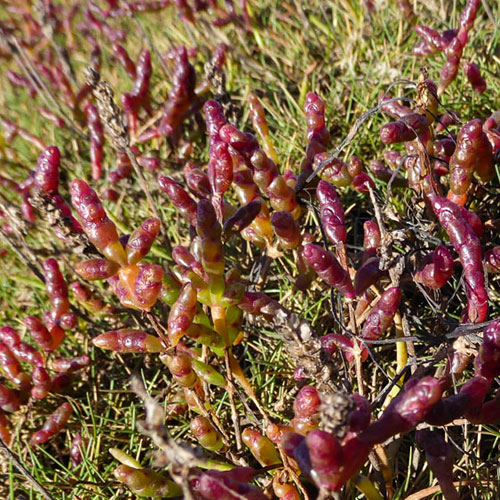
|
| Dunnock |
Weeping Bolete |
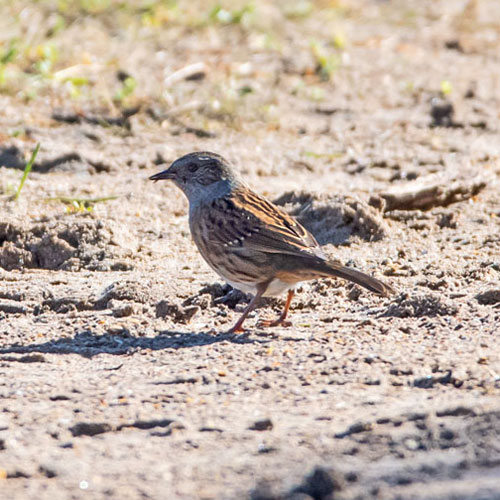 |
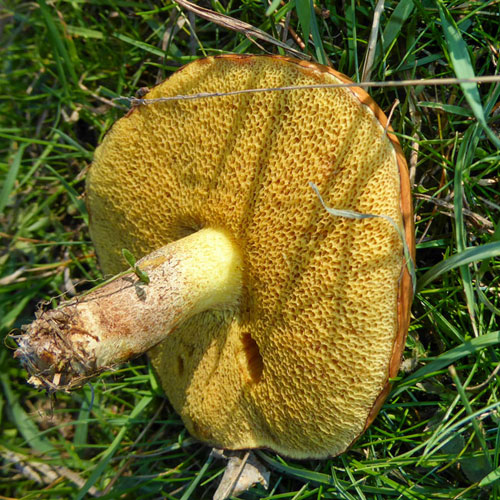
|
Just before we reached the car we had the impressive sight of a family of Mute Swans passing
along the saltmarsh and into the Inner Bay. Notice the swan 2nd from left is a juvenile.
We relocated to the Shore Road car park at Belhaven and walked from there to the Seafield Pond
hoping to sea some birds. We got off to a flier (pardon the pun) when another group of Mute
Swans flew in from Belhaven Bay and landed in the vicinity of the pond.
I got a nice shot of one of the young Mute Swans as it passed overhead. On the sands just
beyond the sea wall there were Curlew, Redshanks and Oystercatchers feeding.
| Mute Swan |
Curlew |
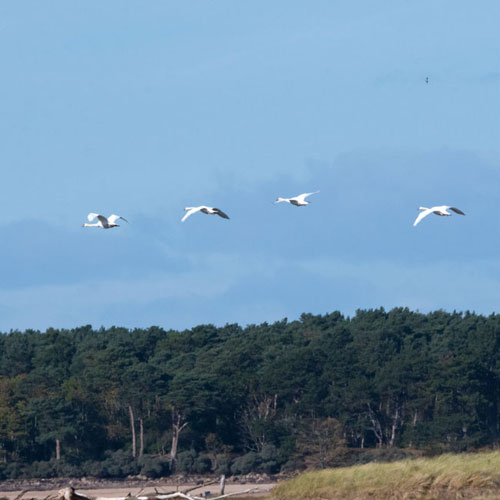 |
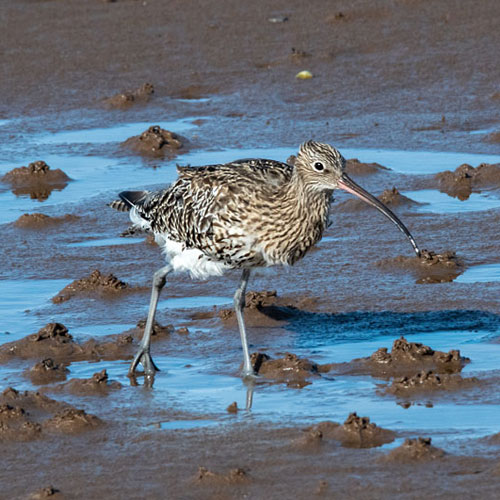 |
| Redshank |
Oystercatcher |
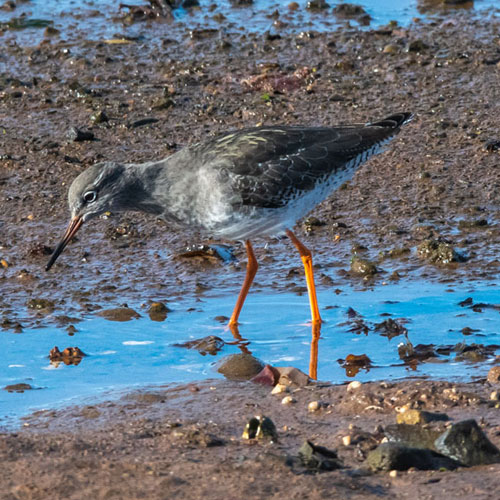 |
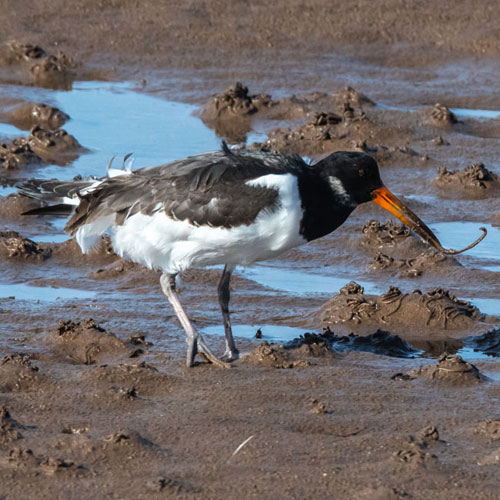 |
An accommodating Carrion Crow landed before us on the wall and didn’t mind getting its picture
taken. I noticed Lapwings about 40m beyond the wall. They were standing in a pool of shallow
water. We next sat at the north edge of Seafield Pond watching the antics of a large group of
Mallards. The drakes were squabbling over the females and the females were not happy with the
attention. A couple of the females briefly checked us out for bread before returning to the water.
| Carrion Crow |
Lapwing |
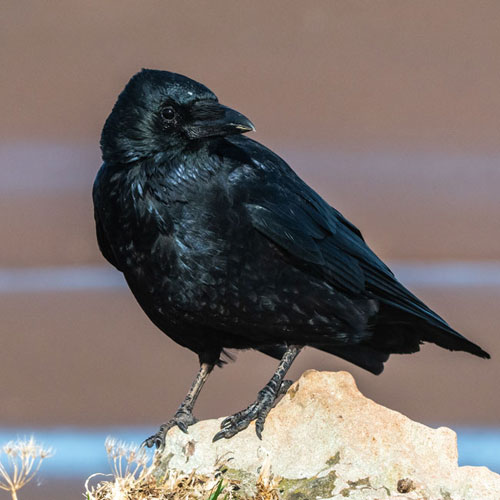 |
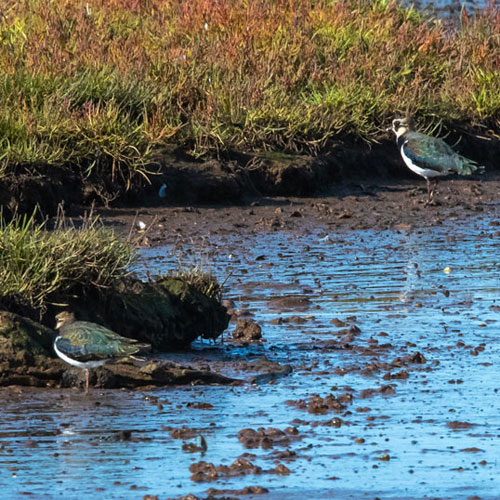 |
| Drake Mallard |
Female Mallard |
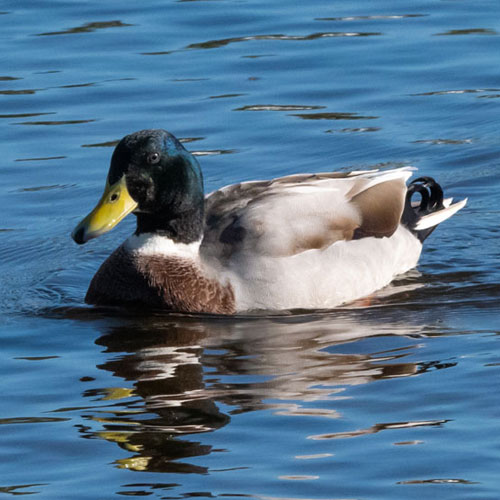 |
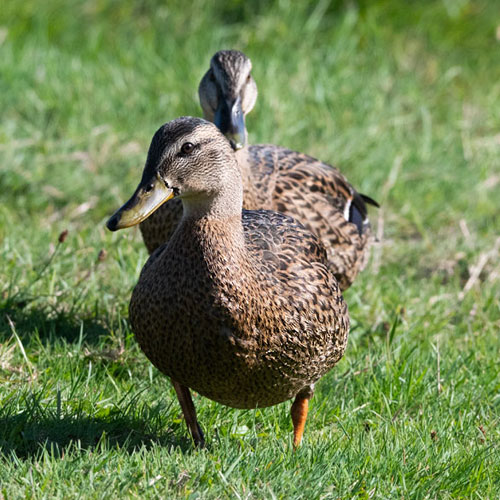 |
The squabbling ducks persisted with their mating ambitions.
I caught one vanquished duck flapping its wing defiantly, while much nearer to us were a few
White-tailed Bumblebees gathering pollen from the few flowers on the mown grass. Also on
the grass were a young Moorhen and an adult, presumably its parent.
| Drake Mallard |
White - tailed Bumblebee |
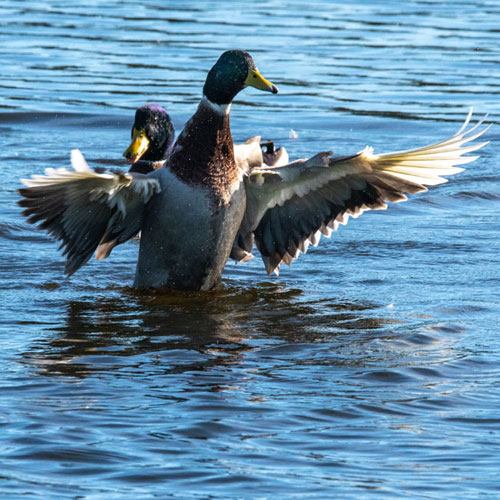 |
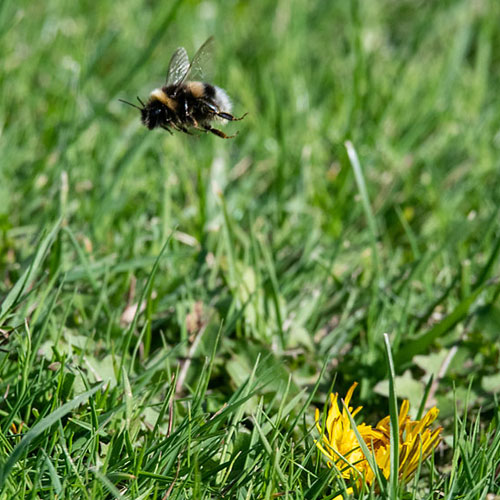 |
| Juvenile Moorhen |
Moorhen |
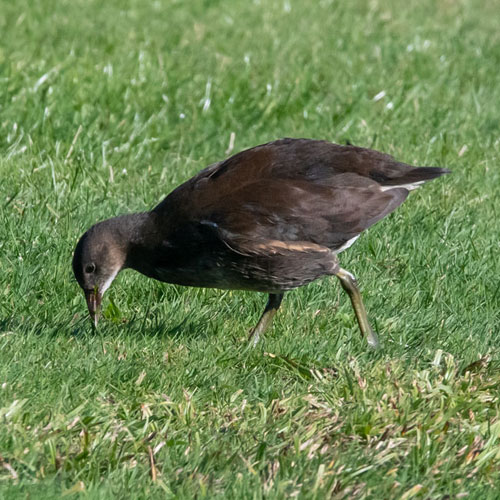 |
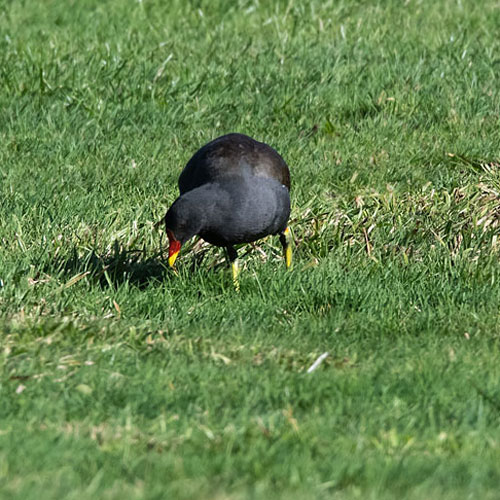 |
Looking across the Pond we could see the large group of young Mute Swans that had flown in
earlier. They had been in the pond but had left the water to surround a person who had bread.
When the person left they waddled over to the water on the very far side of the pond.
John pointed out a pair of Little Grebes that were diving quite far out in the centre of the pond.
They were back-lit but nevertheless I managed a record shot. The adult Moorhen returned to the
water and paddled out of sight behind the reeds. We decided then that it was time to return to the
car for tea. I got shots of a Black-headed Gull and a passing Jackdaw as we returned along the
path by the sea wall.
| Little Grebe |
Moorhen |
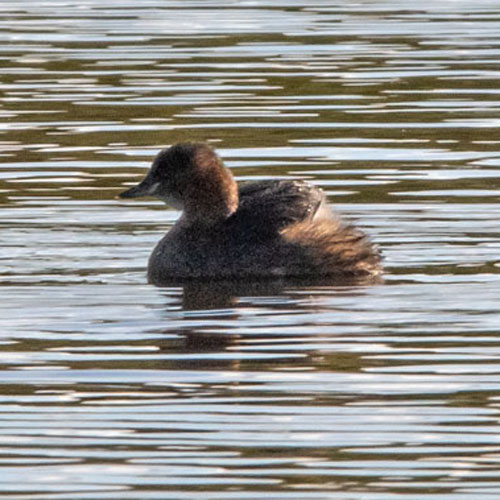 |
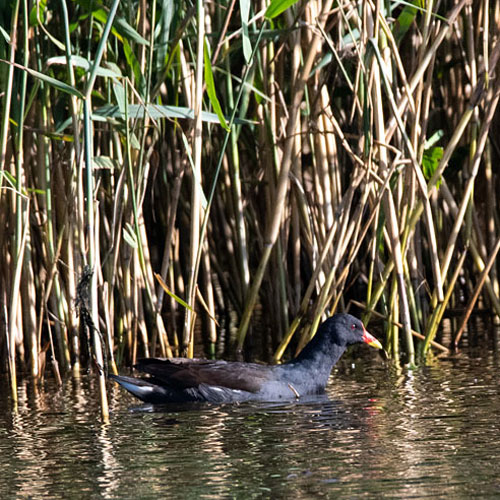 |
| Black - headed Gull |
Jackdaw |
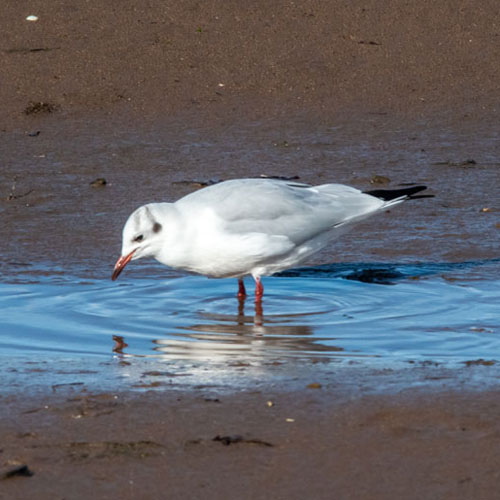 |
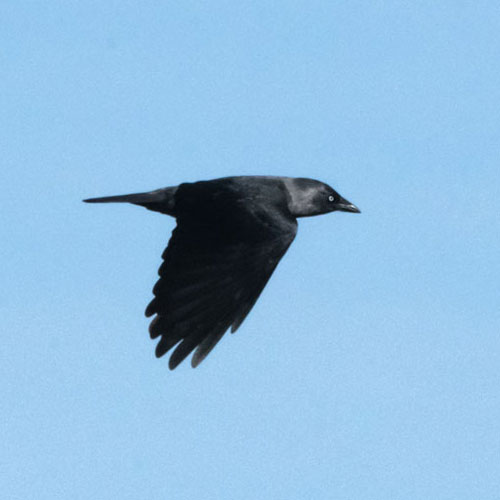 |
My final shot of the visit was of the Isle of May, which is about 12 miles away in the Firth of Forth.
It is a National Nature Reserve, renowned for its birdwatching and a place I intend to visit.
It had been a very enjoyable visit that was a bit different from usual due largely to our first search
for fungi. We found six species, of which Weeping Bolete, Giant Funnel and Dappled Webcam are
newbies. We celebrated with teas and a return to our former favourite accompaniment, Chocolate
Eclairs. The weather was great but next week’s weather is to be wild, wet and windy. Let’s hope it
doesn’t continue past Saturday.
Highlights - October 2022
We present this month’s gallery of my
favourite pictures I’ve taken during October 2022. They are
not listed in the order they have been taken, but according to a series
of themes. I’ve kept
commentary to a minimum, preferring to let each picture talk for itself.
WINGS
Common Buzzard
|
Juvenile Cormorant
|
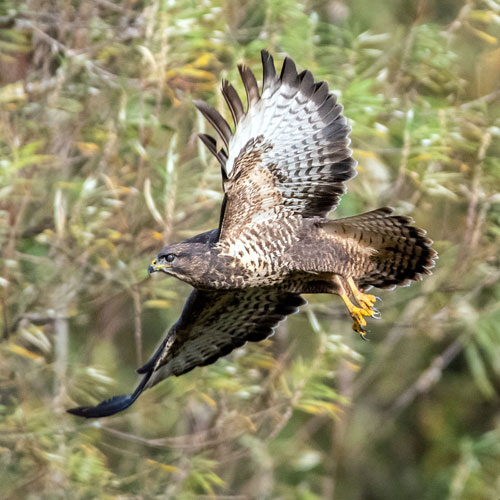
|
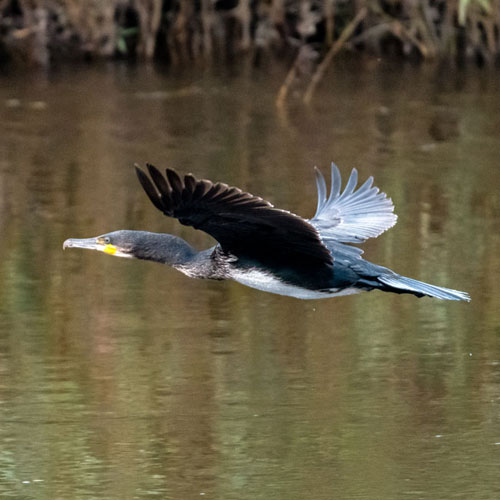
|
| Hoverfly - Eristalis arbustorum |
Juvenile Male Goosander |
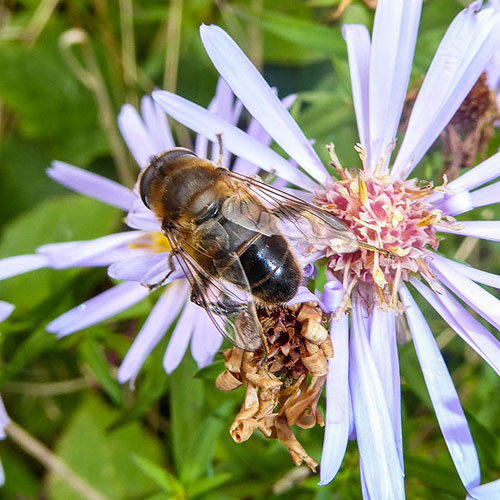
|
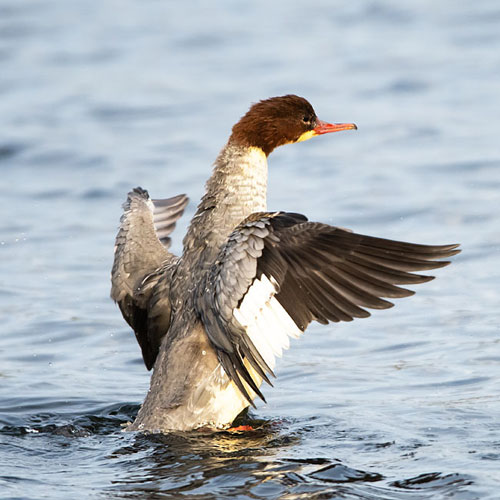
|
| Grey Heron... |
|
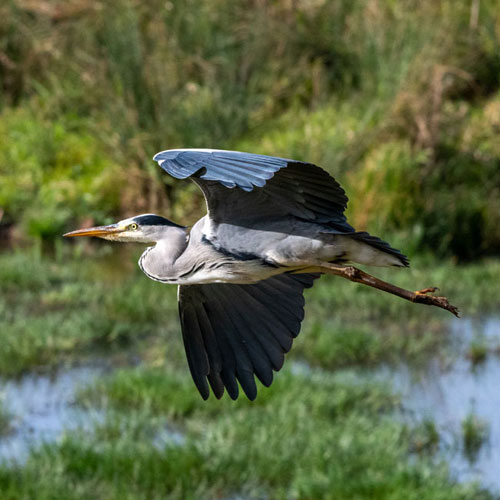
|
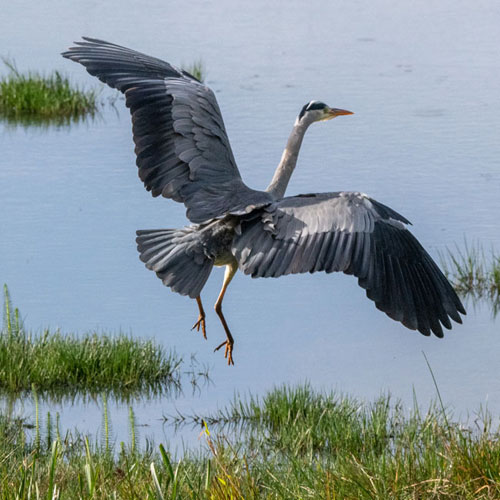
|
|
Starling |
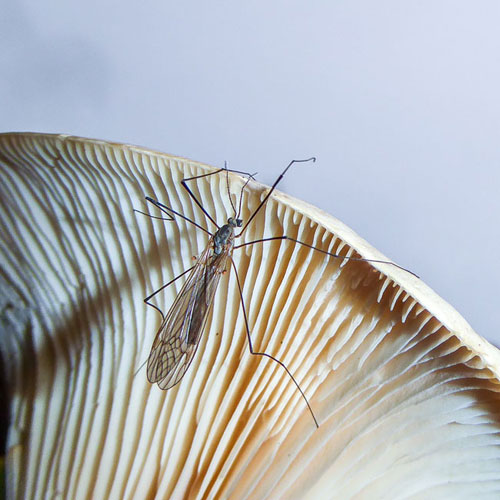
|
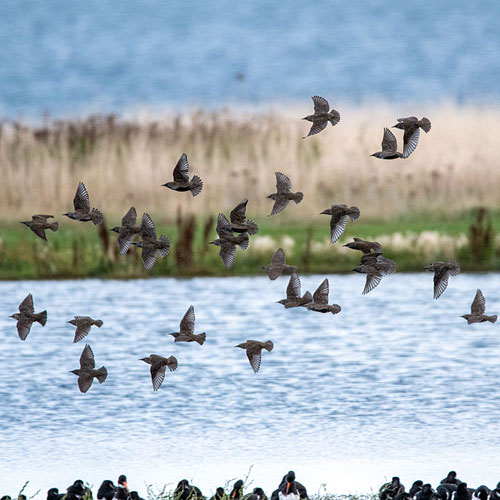
|
FUNGI 1
| Angels Bonnet |
Birch Knight |
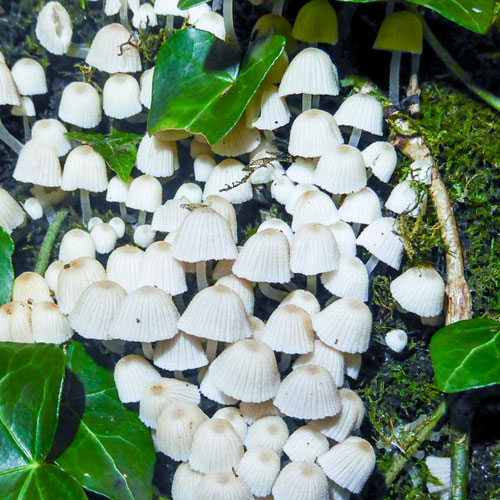
|
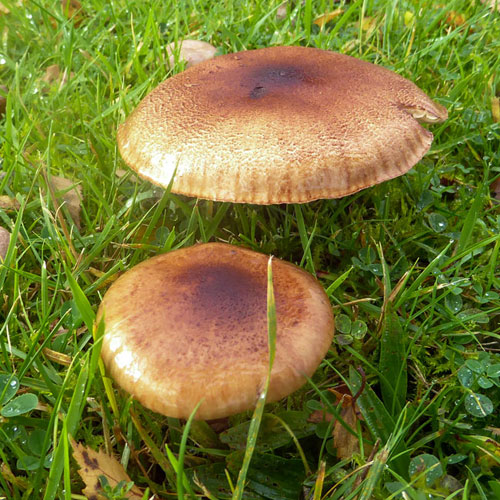
|
| Birch Webcap |
Clouded Funnel |
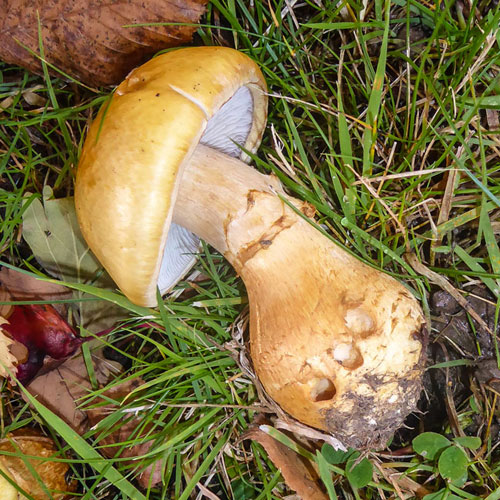
|
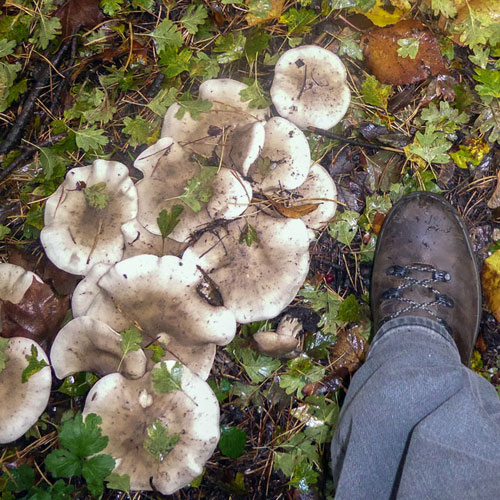
|
| Clustered Brittlestem |
Common Bonnet |
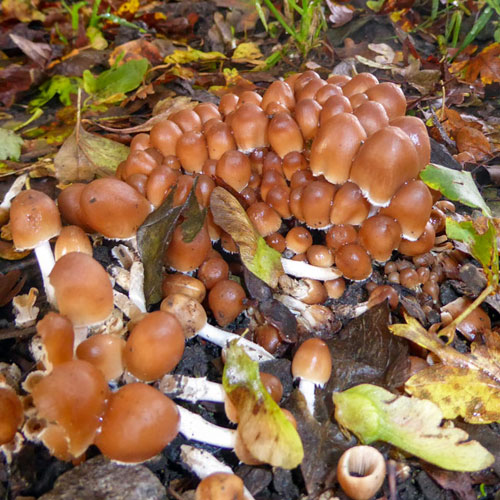
|
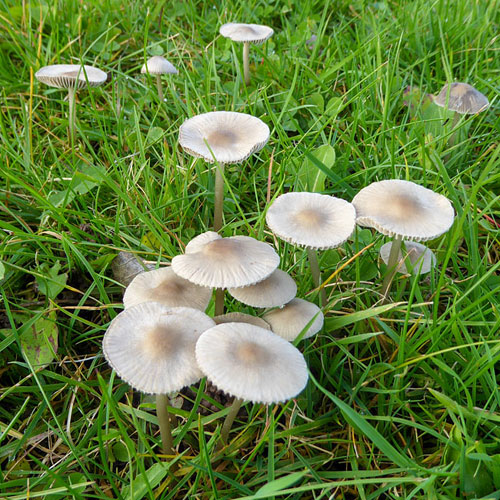
|
| Common Puffball |
Common Rustgill |
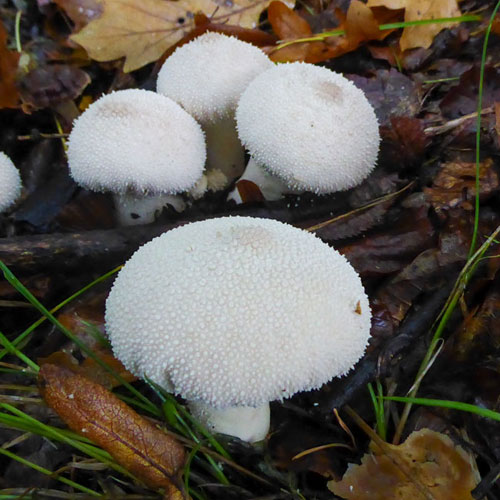
|
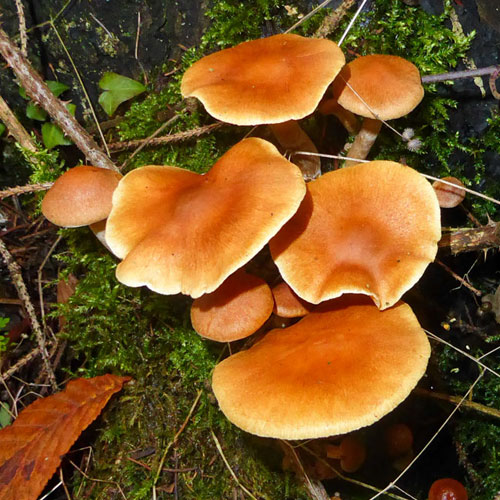
|
PORTRAIT
| Female Blackbird |
Cormorant |
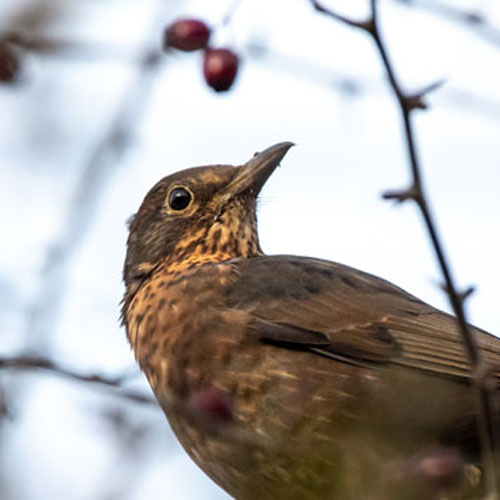 |
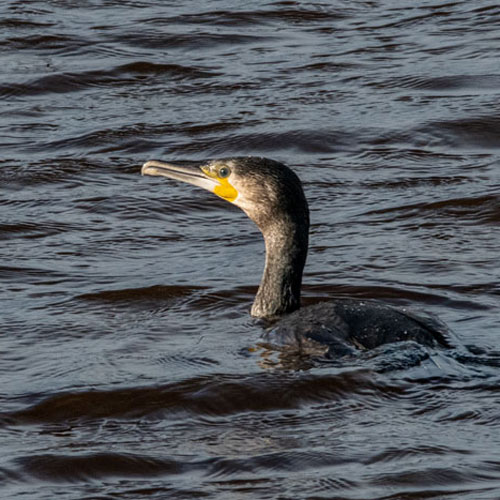 |
| Mallard |
Whooper Swan |
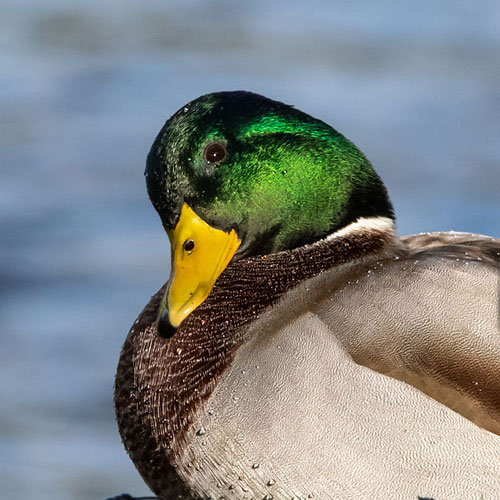 |
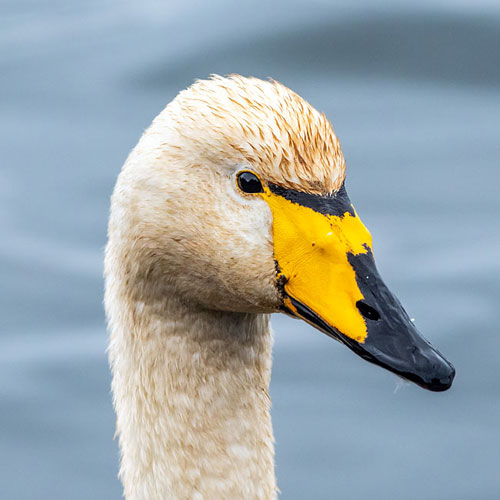 |
POND BIRDS
| Black - tailed Godwit |
Kingfisher |
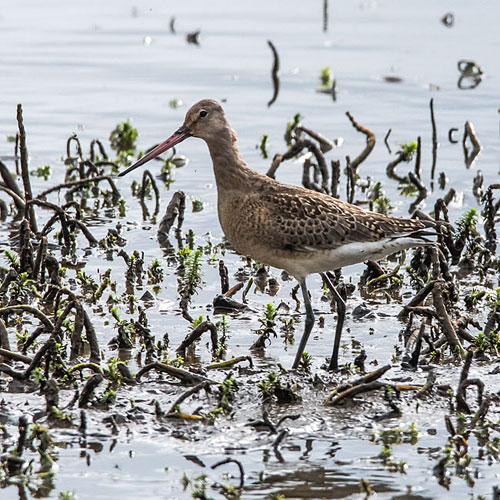
|
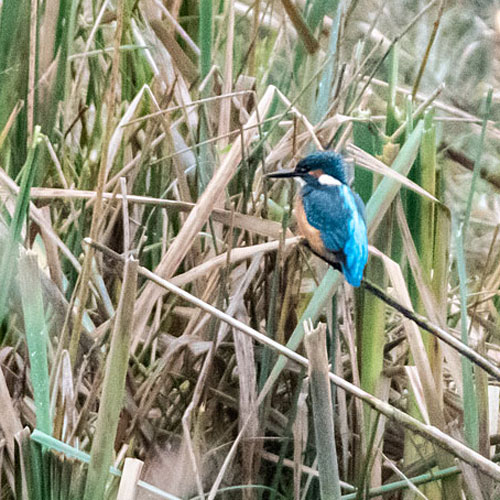
|
| Juvenile Moorhen |
Moorhen |
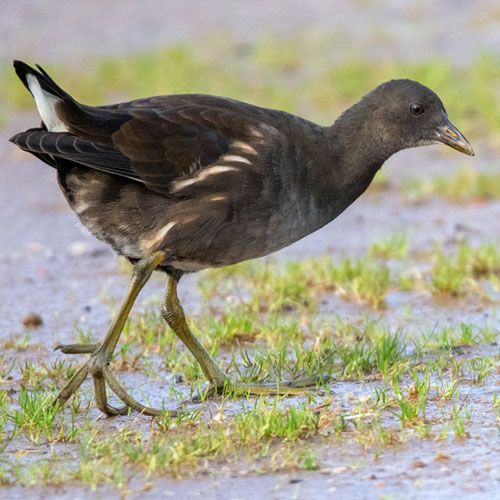
|
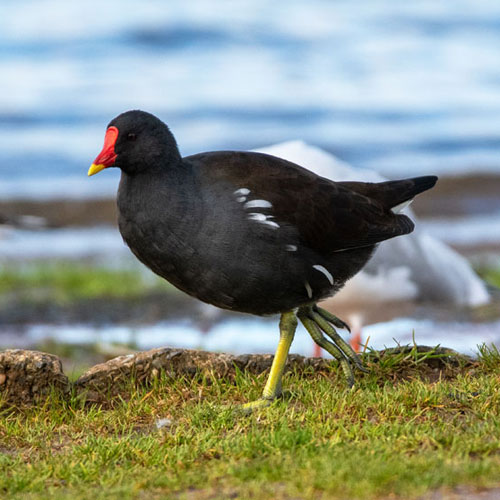
|
| Whooper Swan |
|
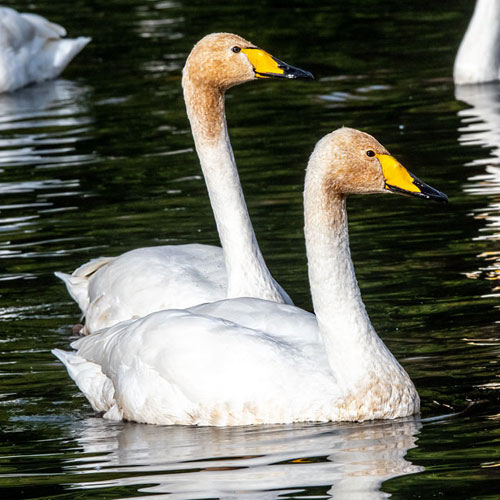
|
|
FUNGI 2
| Conifer Mazegill |
Glistening Inkcap |
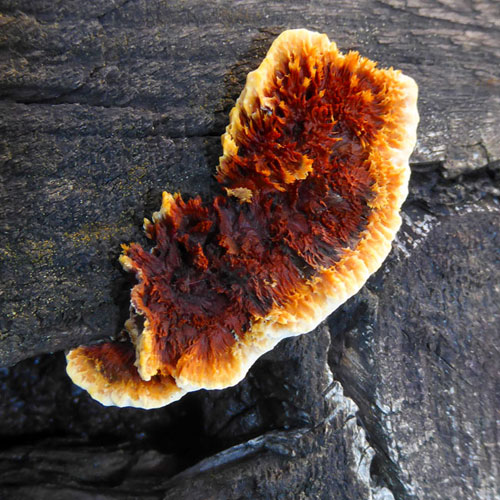 |
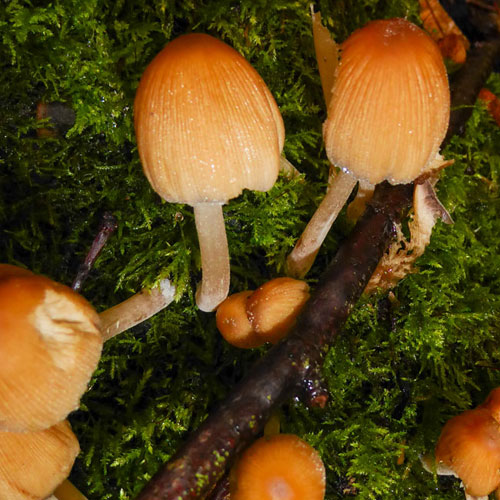 |
| Grey Knight |
Honey Waxcap |
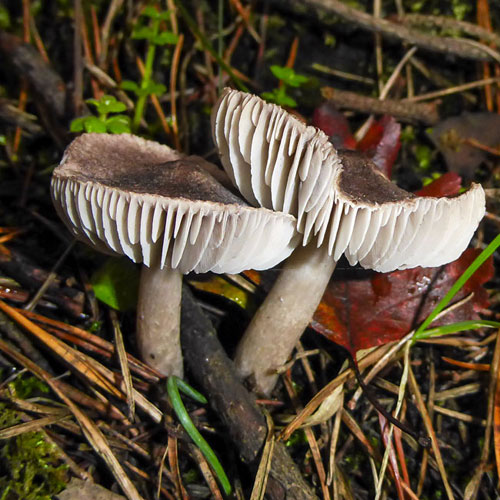 |
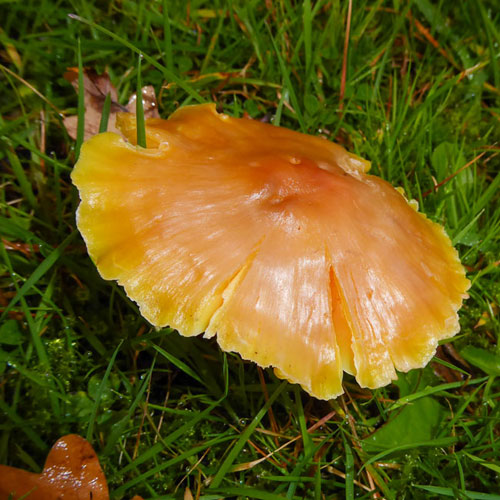 |
| Jelly Ear |
Nitrous Bonnet |
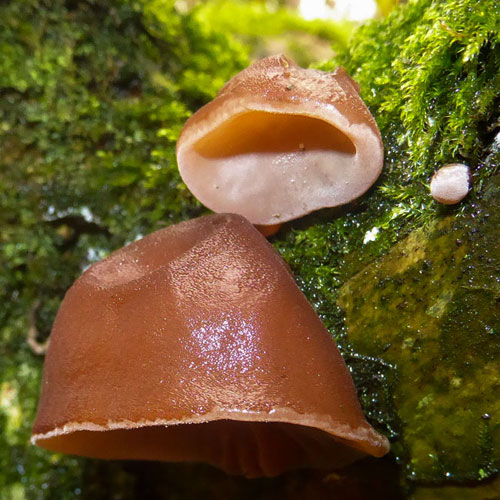 |
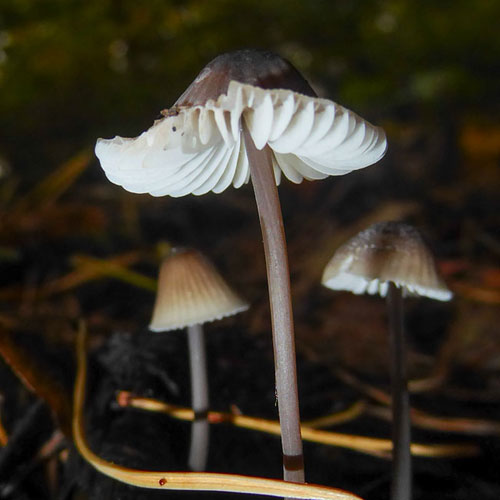 |
| Peeling Oysterling |
Rosy Bonnet |
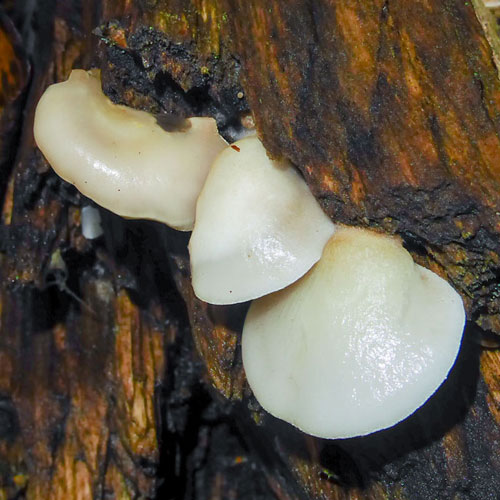 |
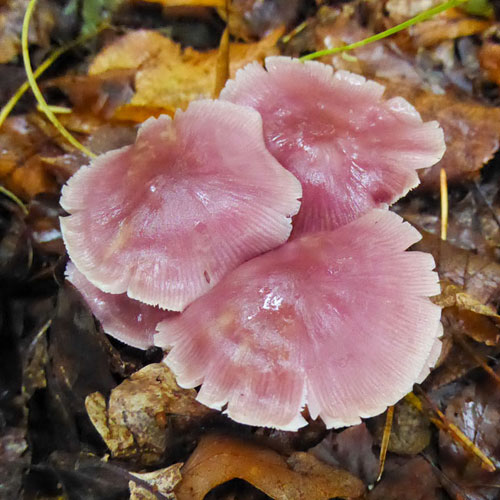 |
| Shaggy Inkcap |
Sheathed Woodtuft |
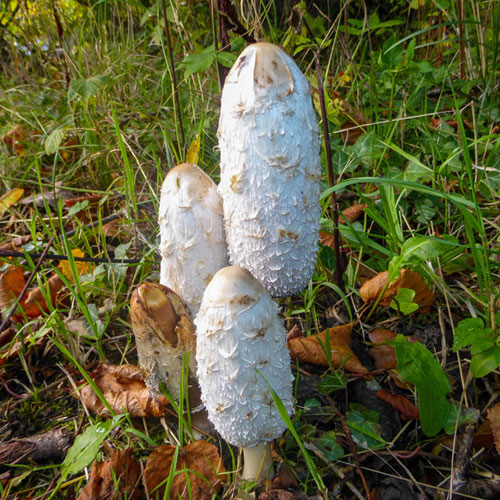 |
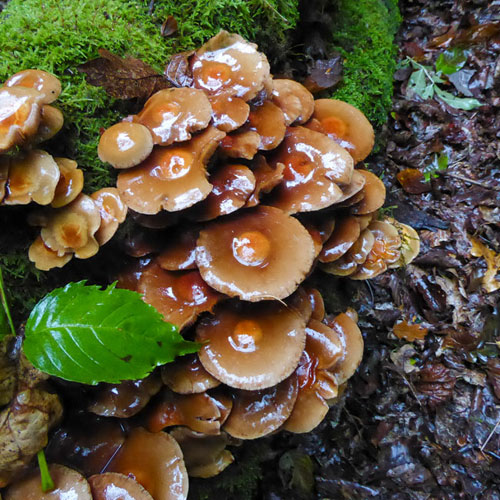 |
| Trooping Funnel |
Turkey Tail |
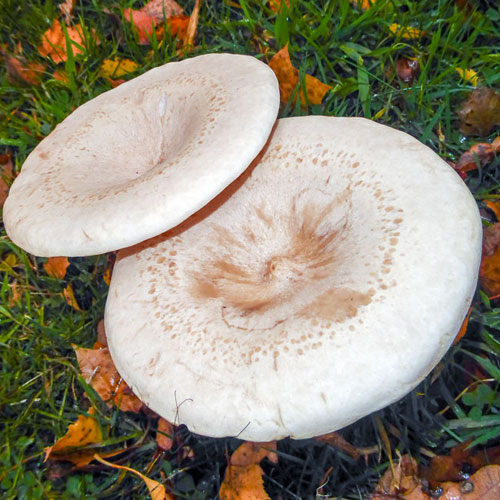 |
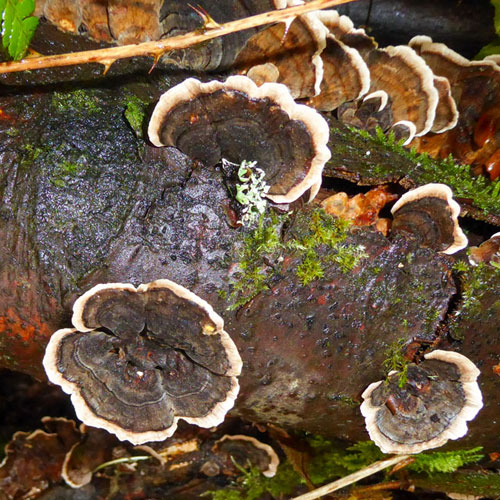 |
IN THE PARK
| Bullfinch |
Canada Goose |
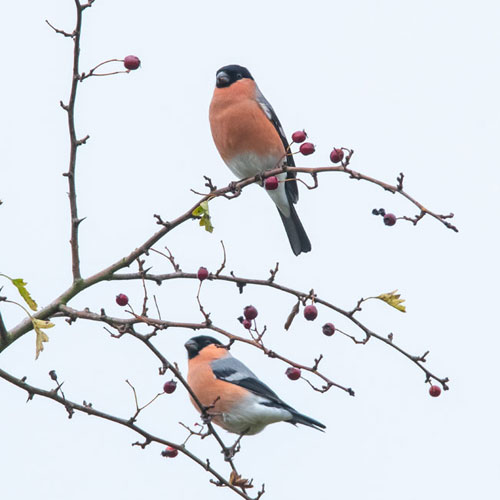 |
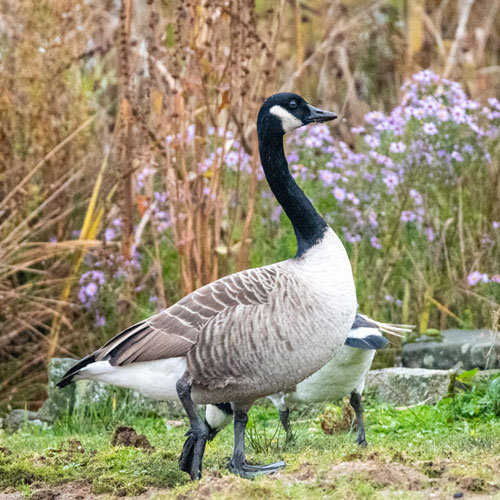 |
| Carrion Crow |
Garden Snail |
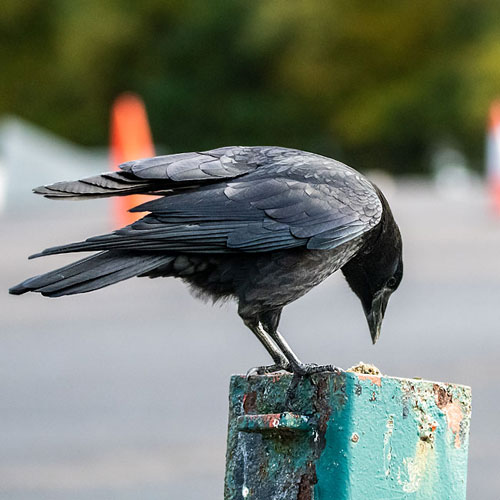 |
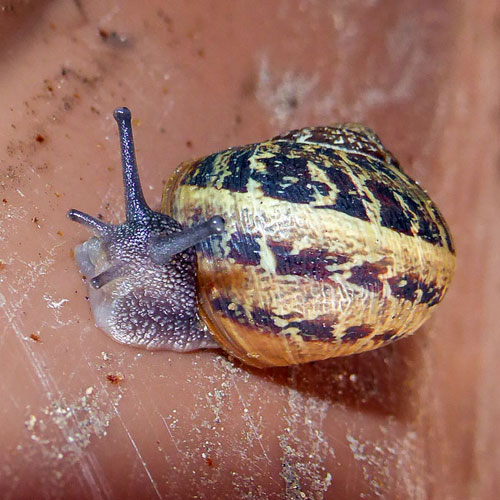 |
| Goldfinch |
Grey Squirrel |
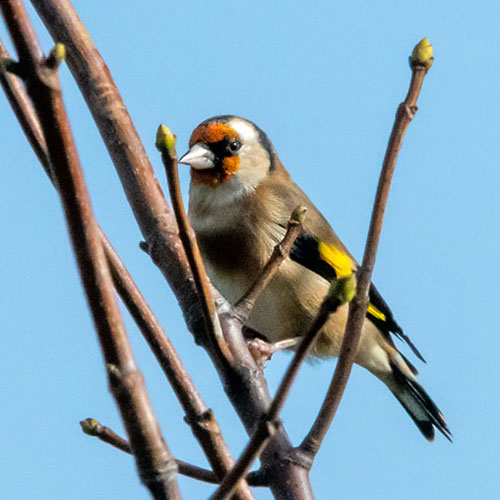 |
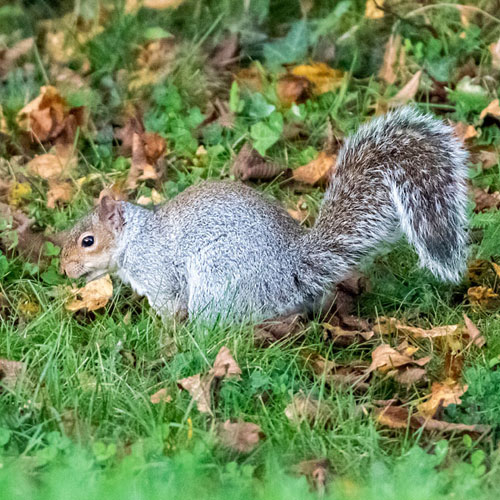 |
| Magpie |
Robin |
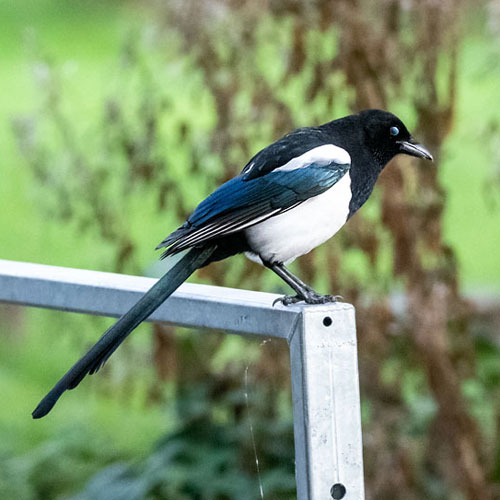 |
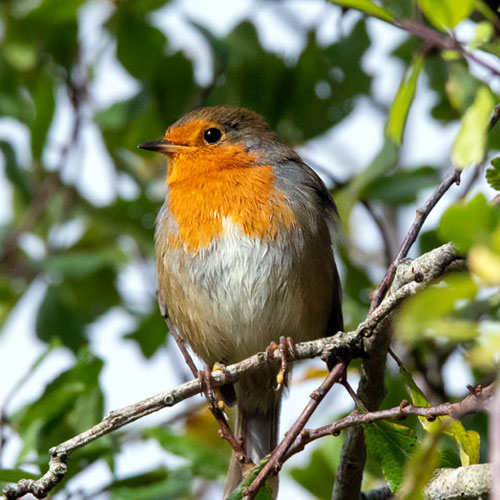 |
SLIME MOULD
| Egg Shell |
Tapioca |
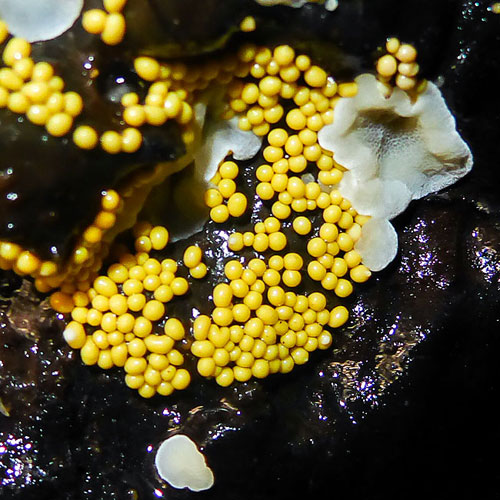 |
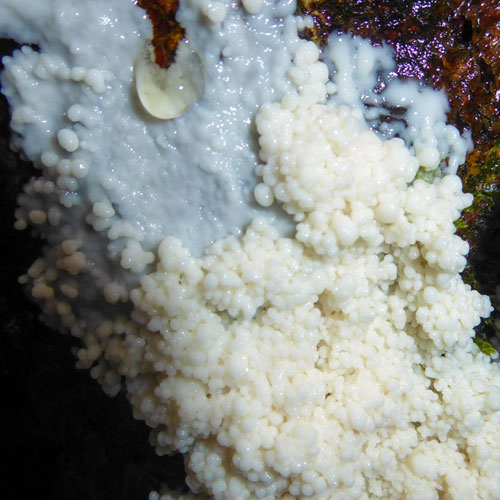 |
Back To Top
|

